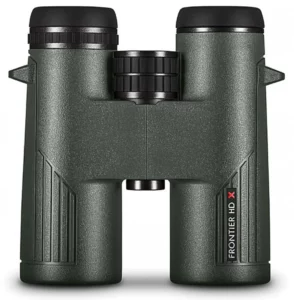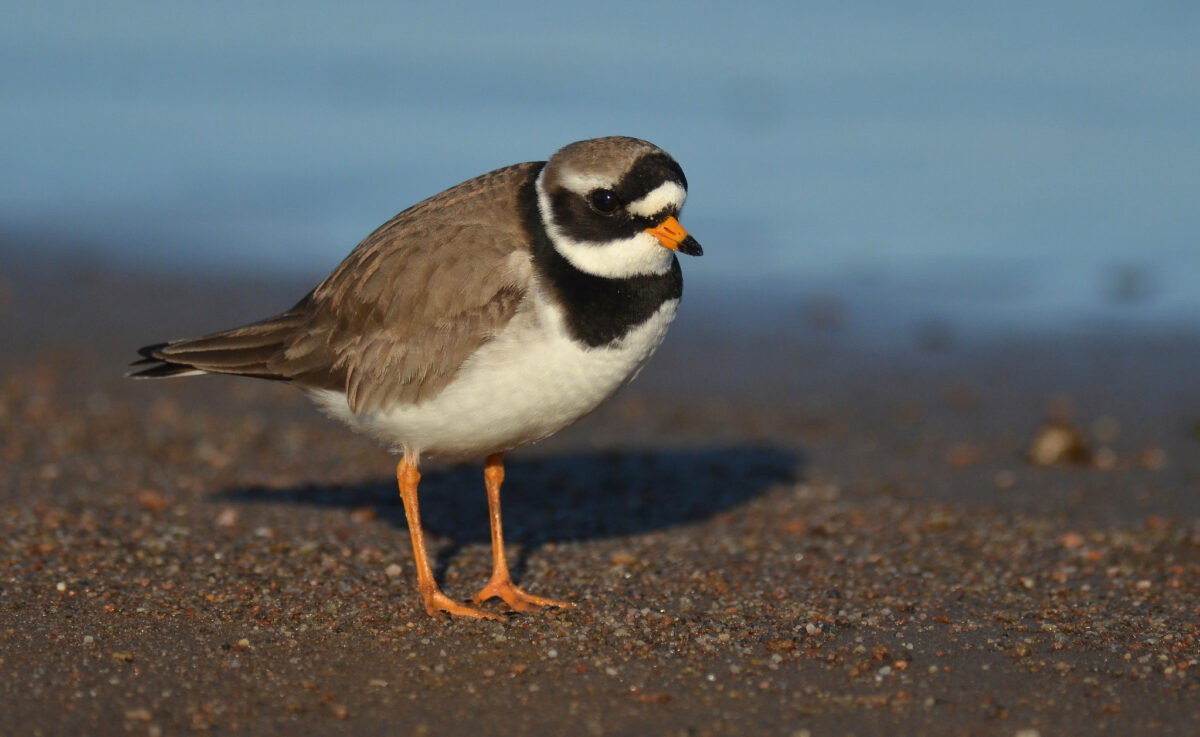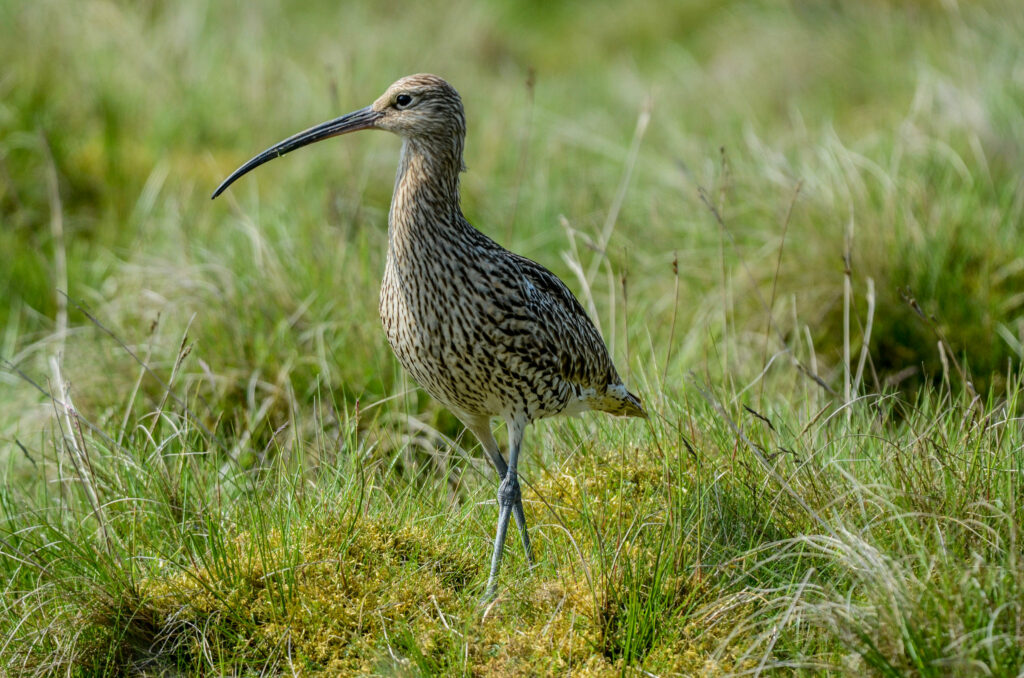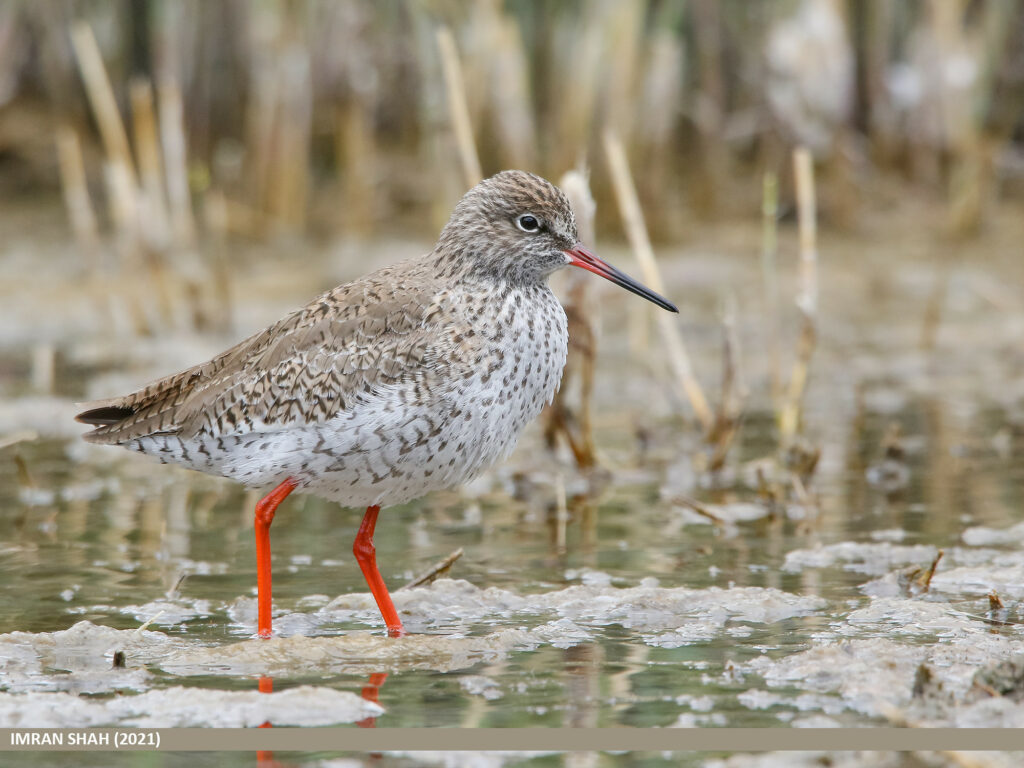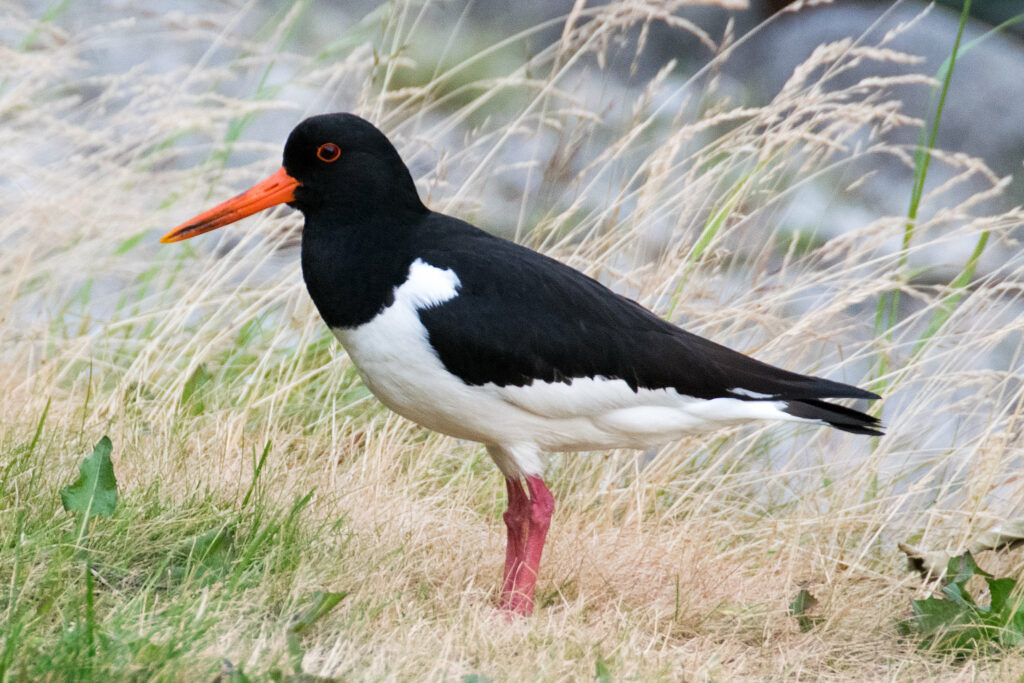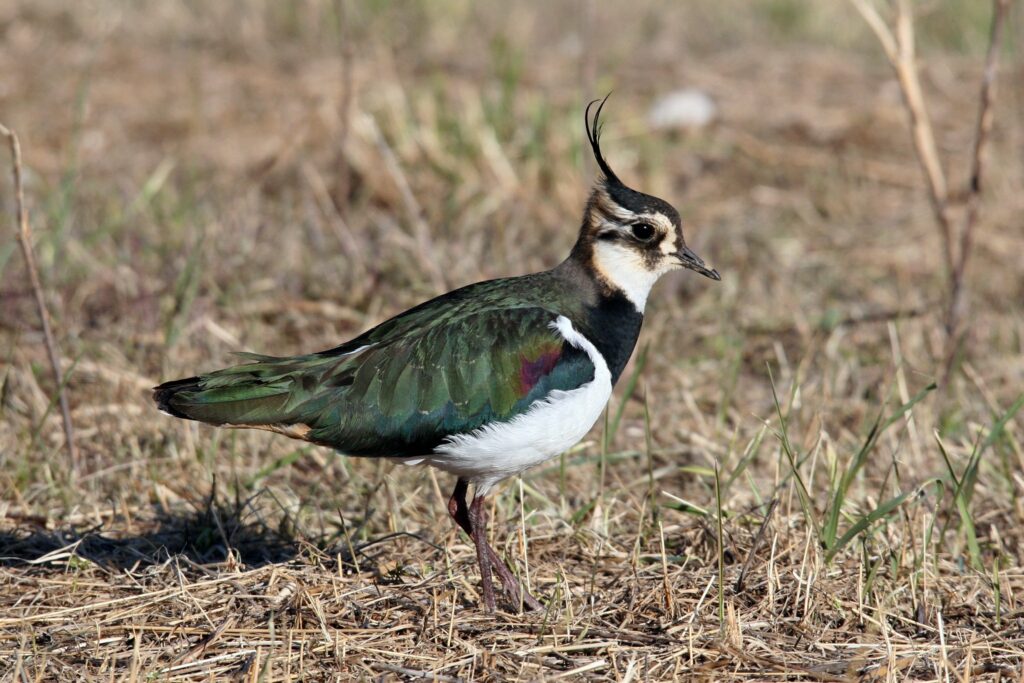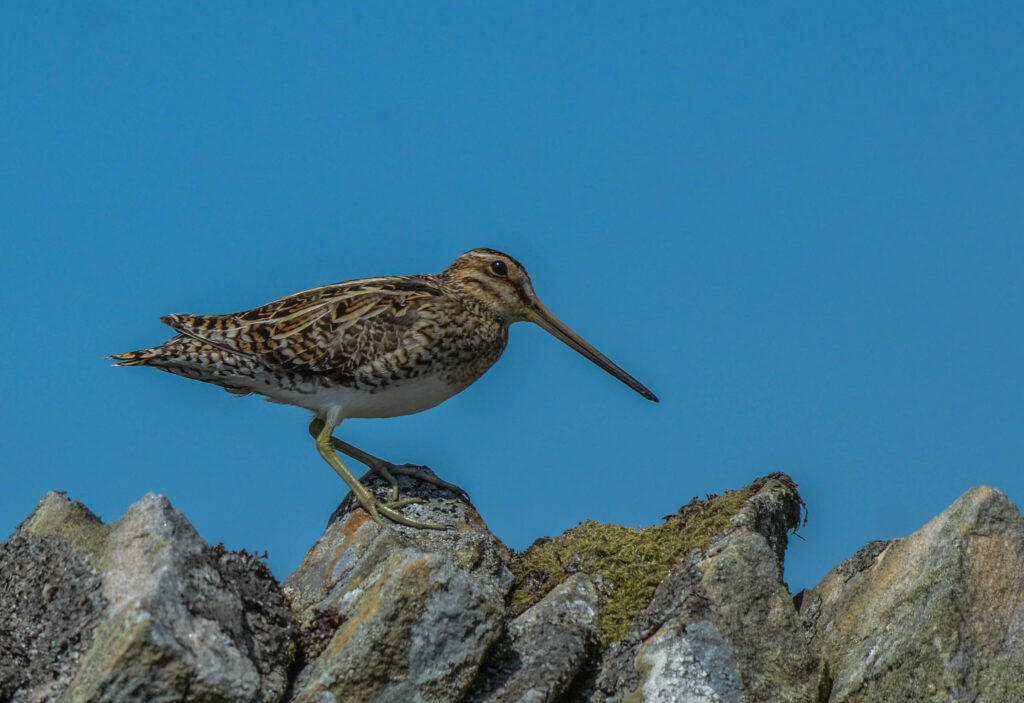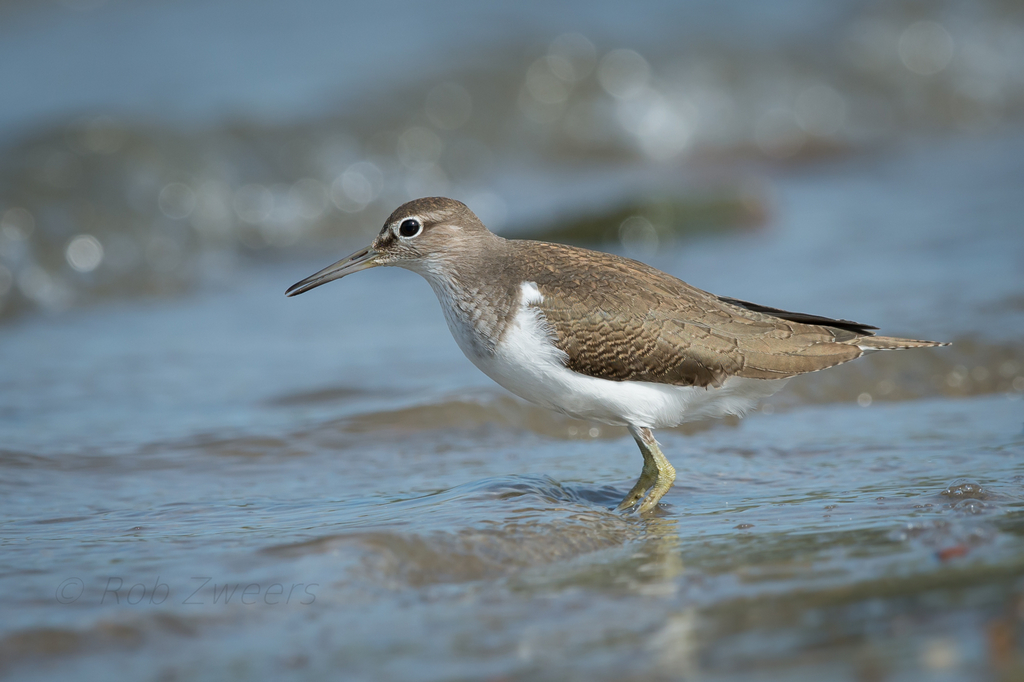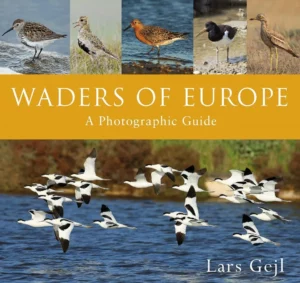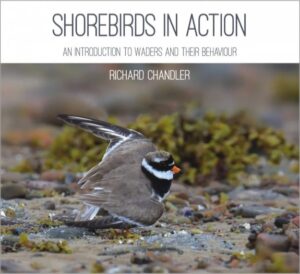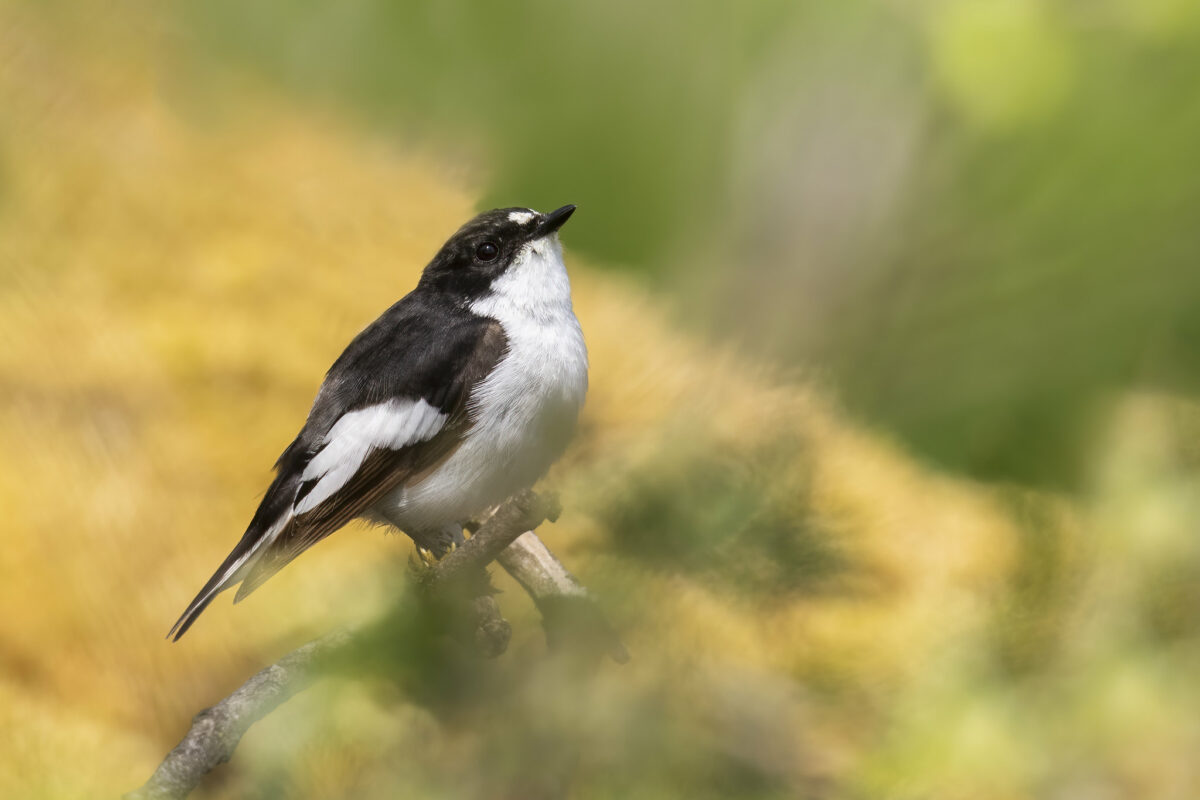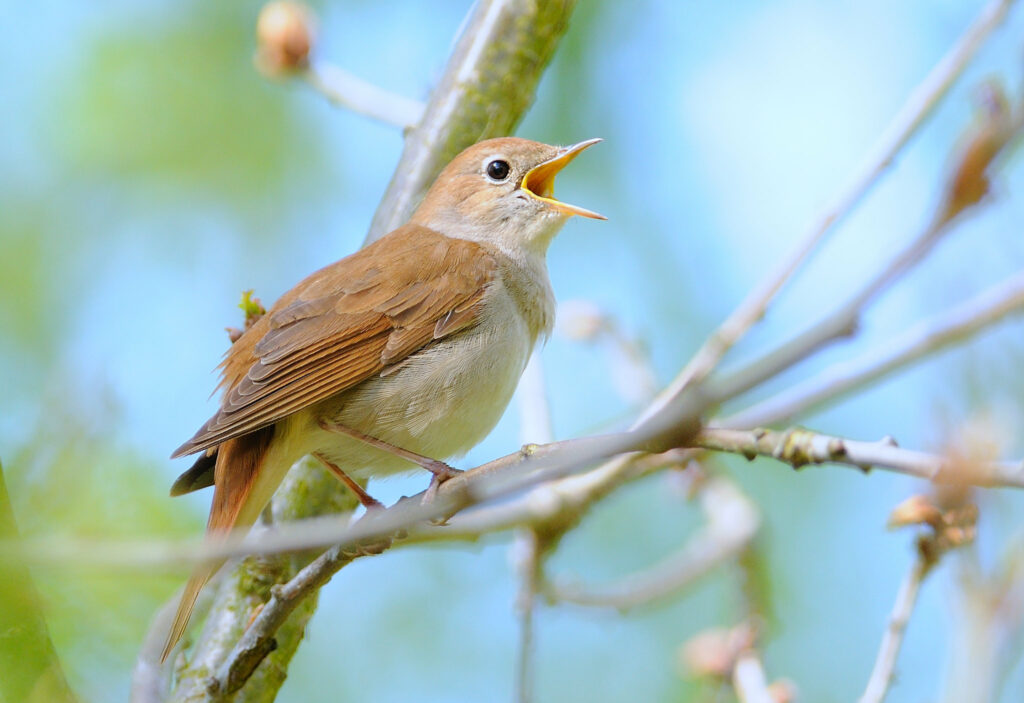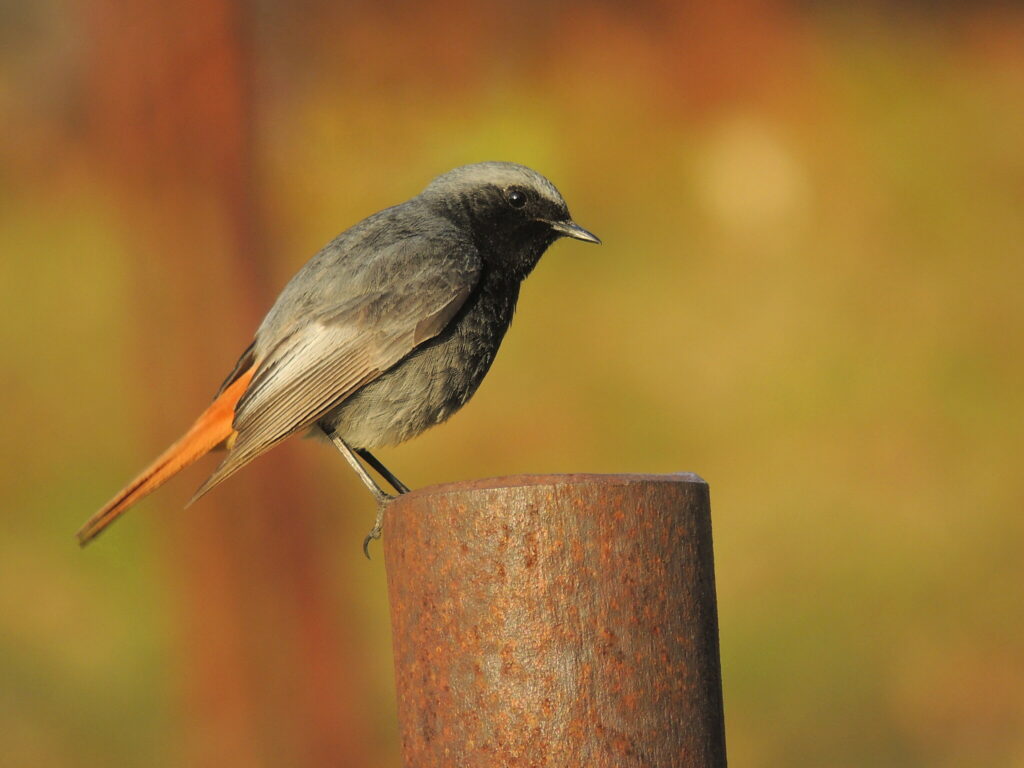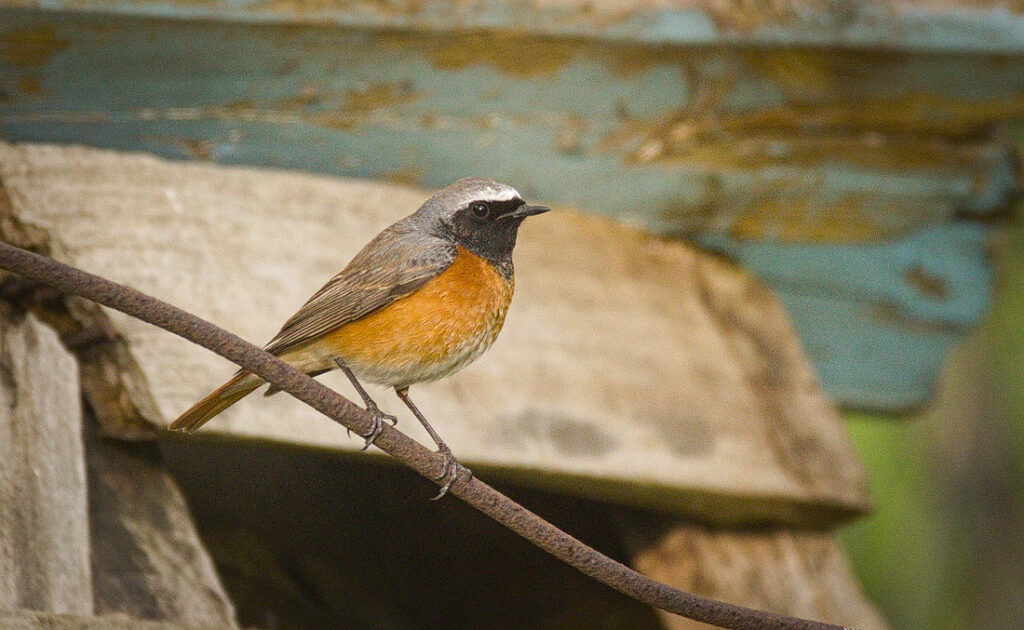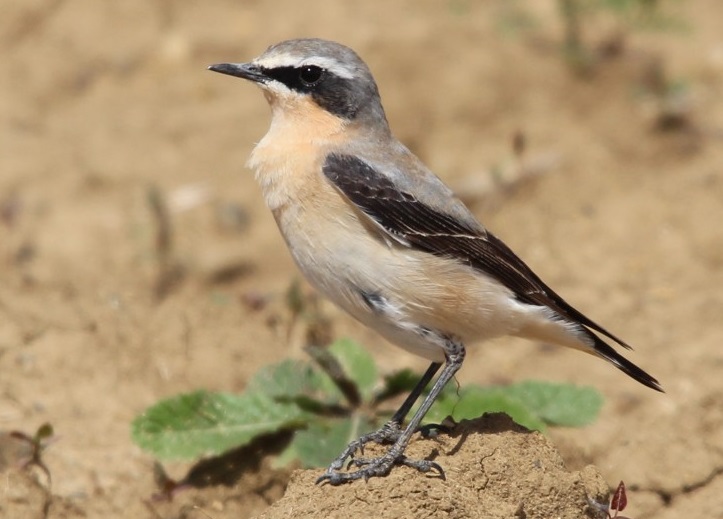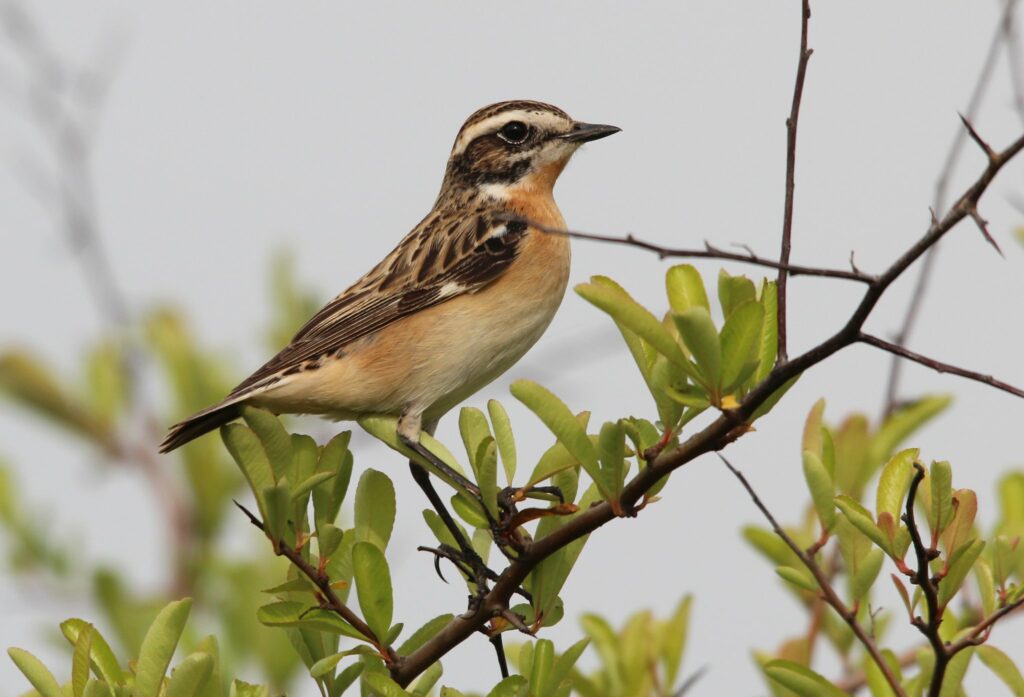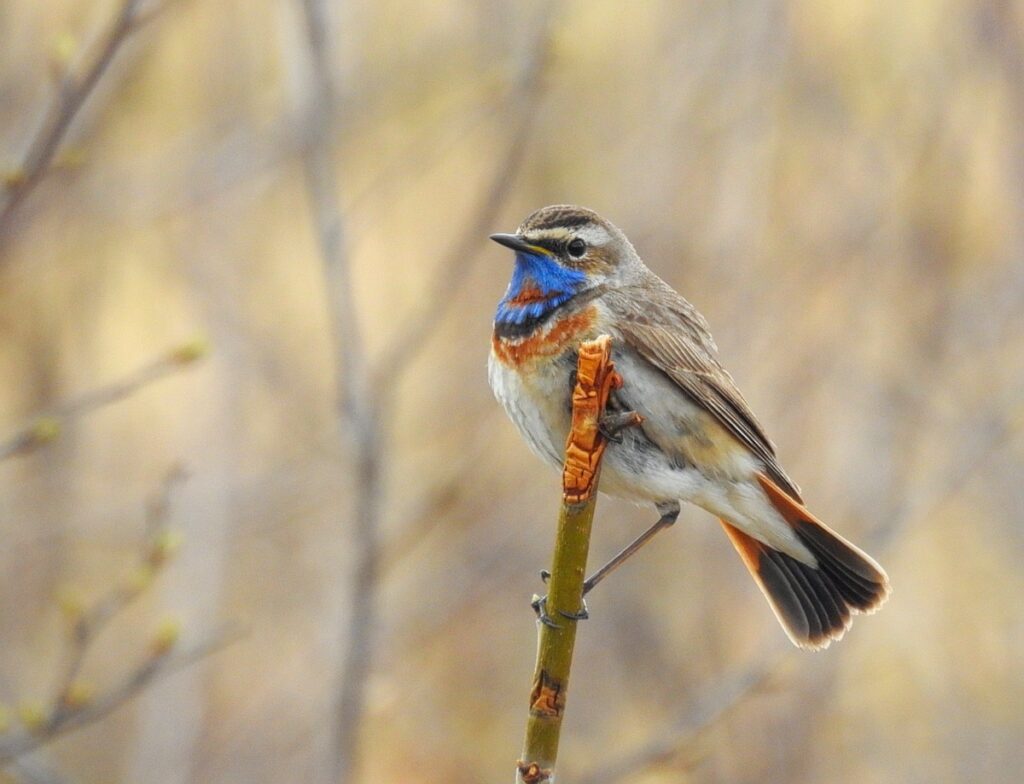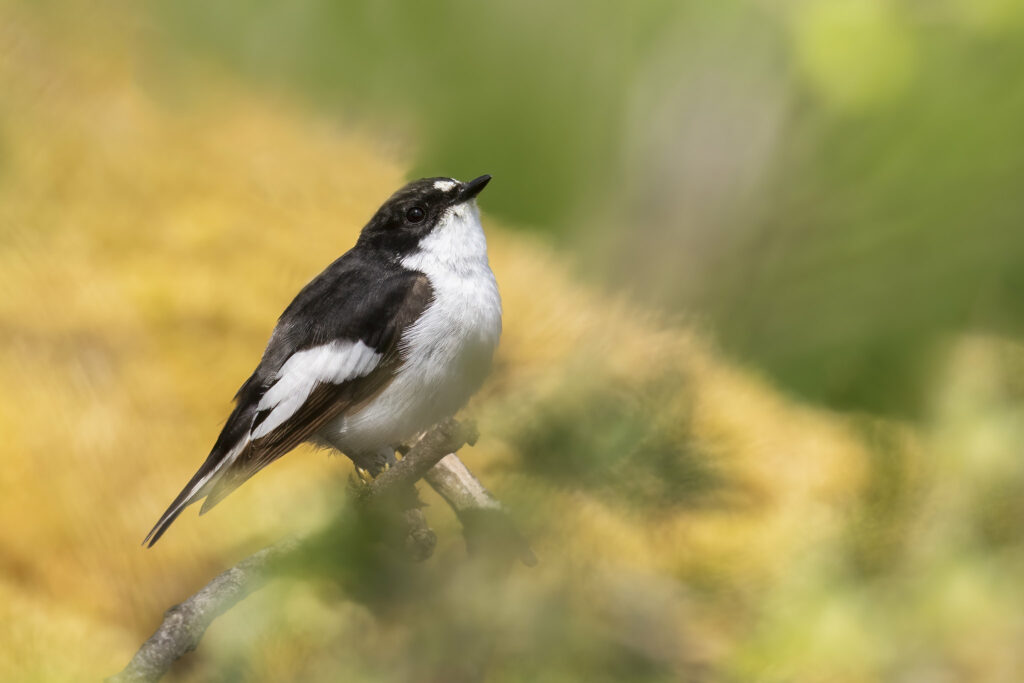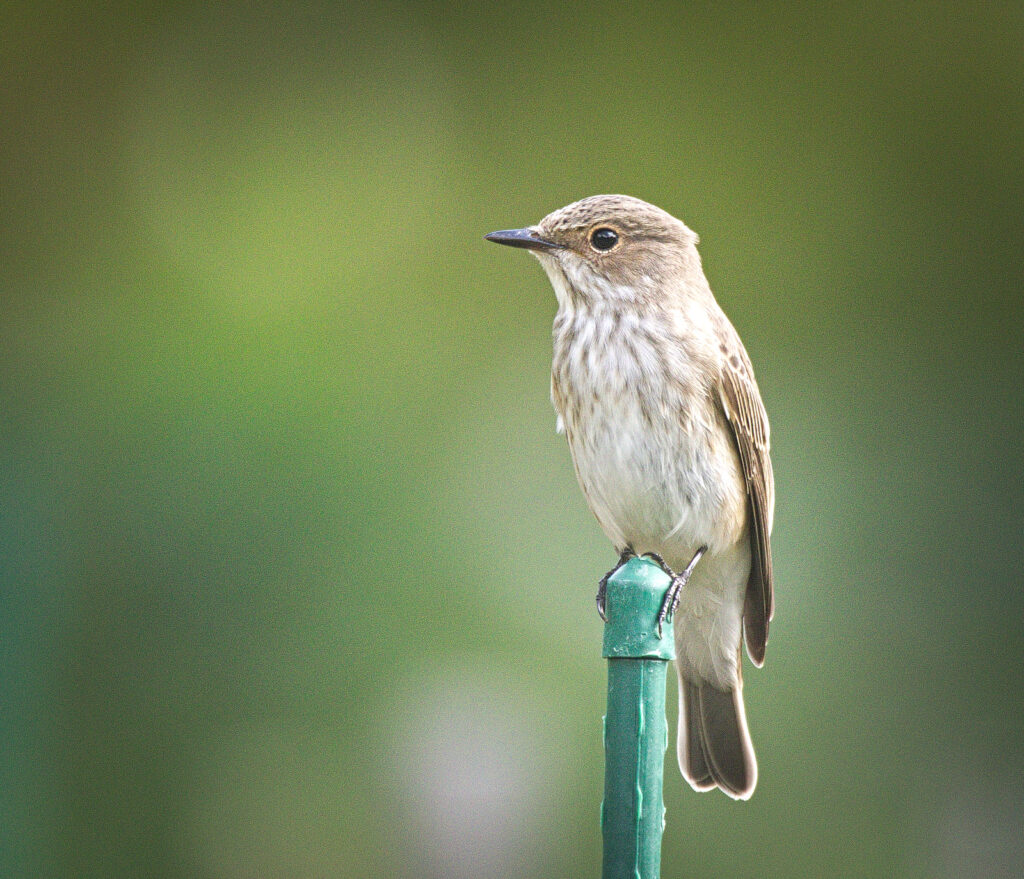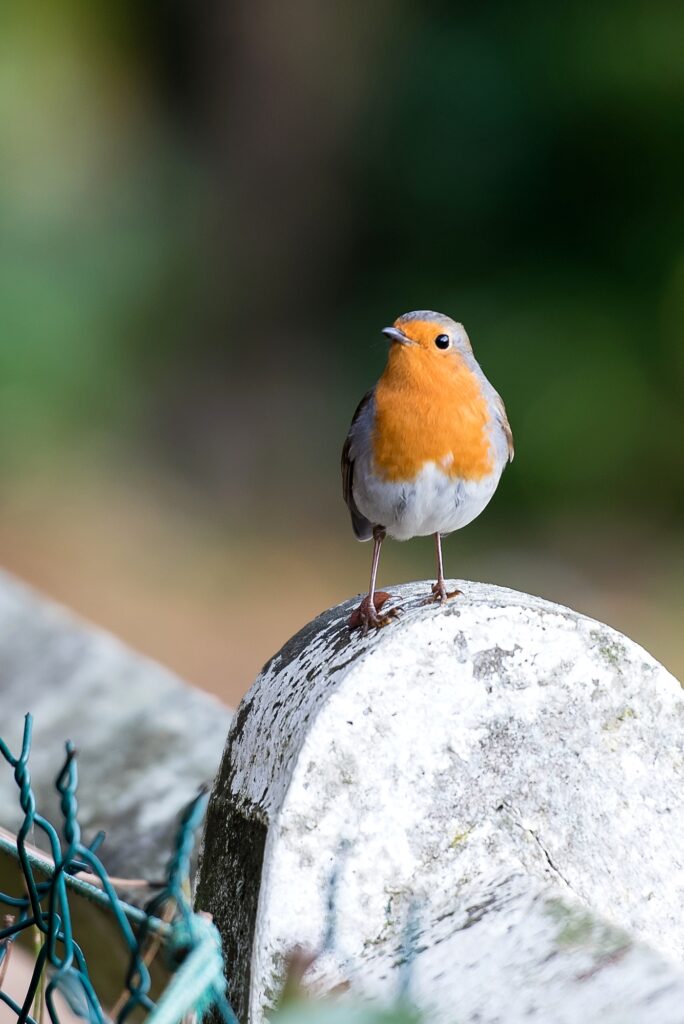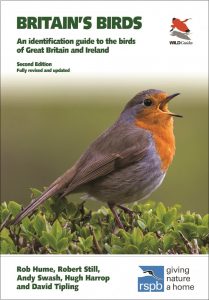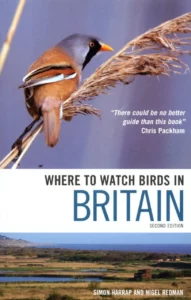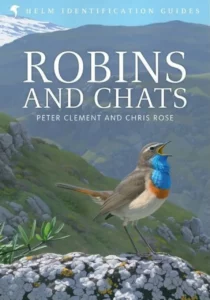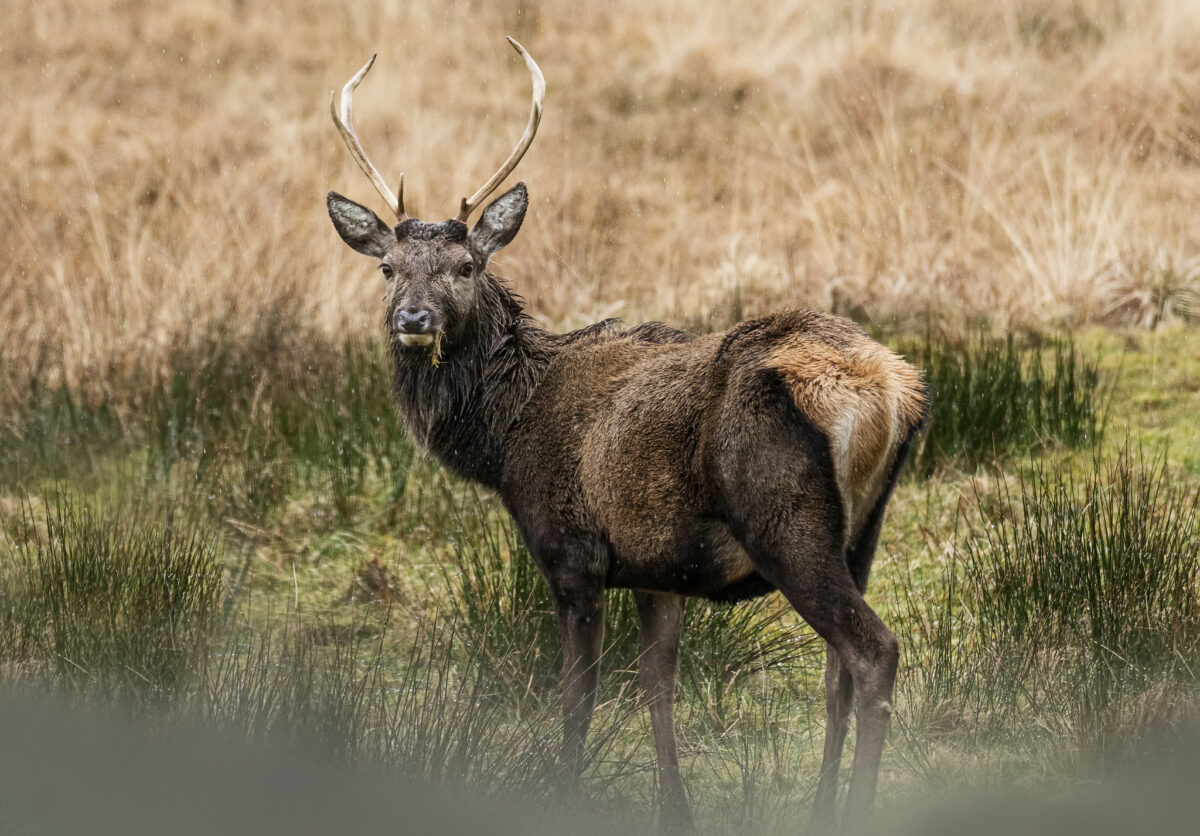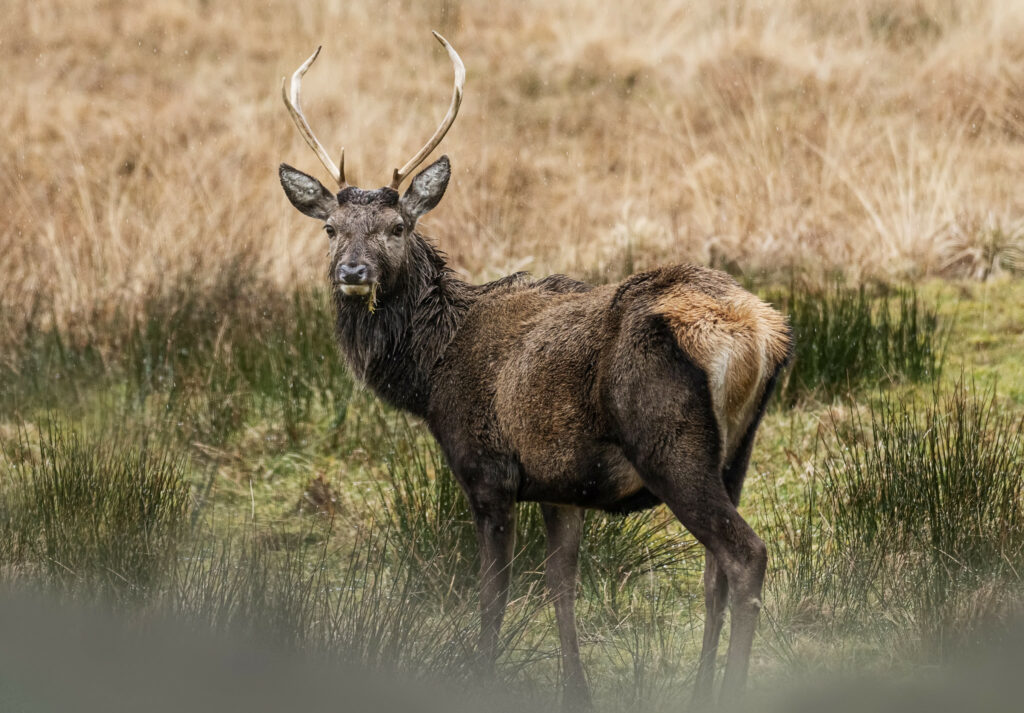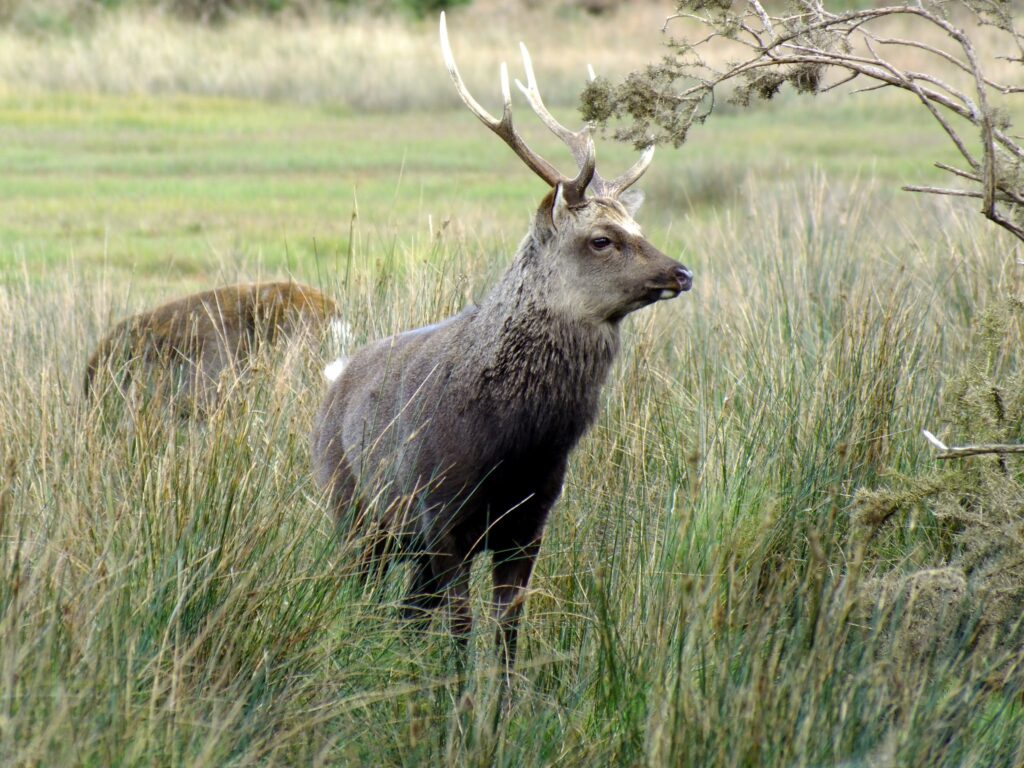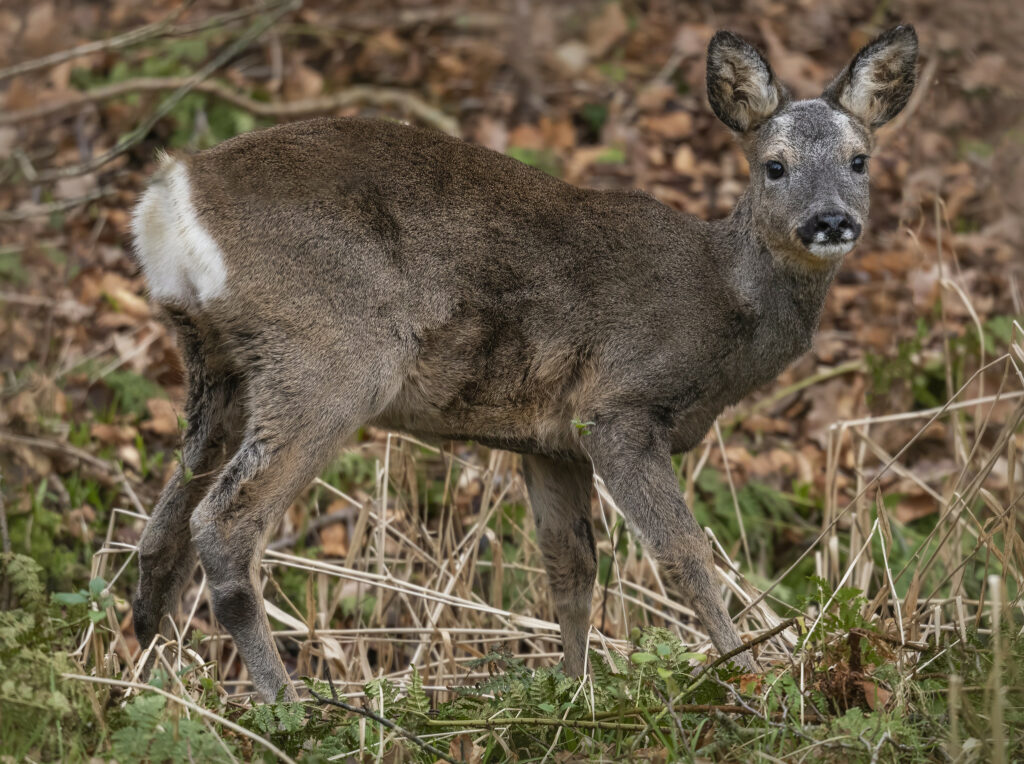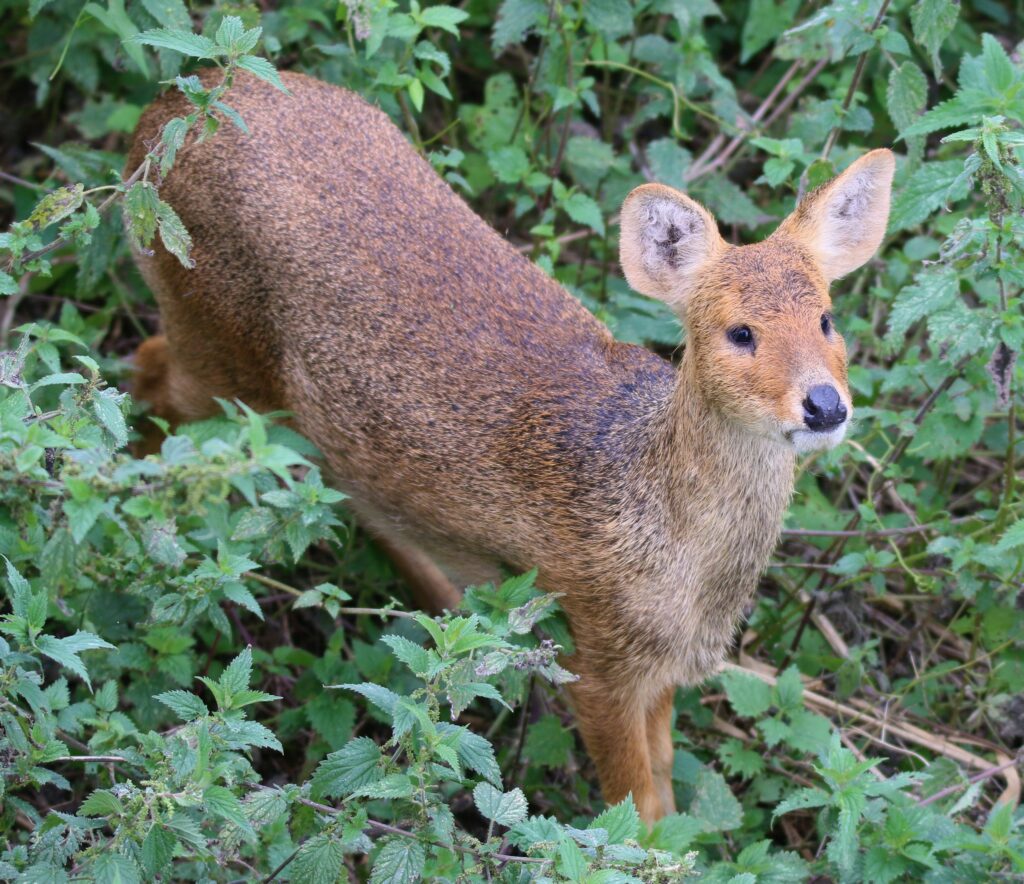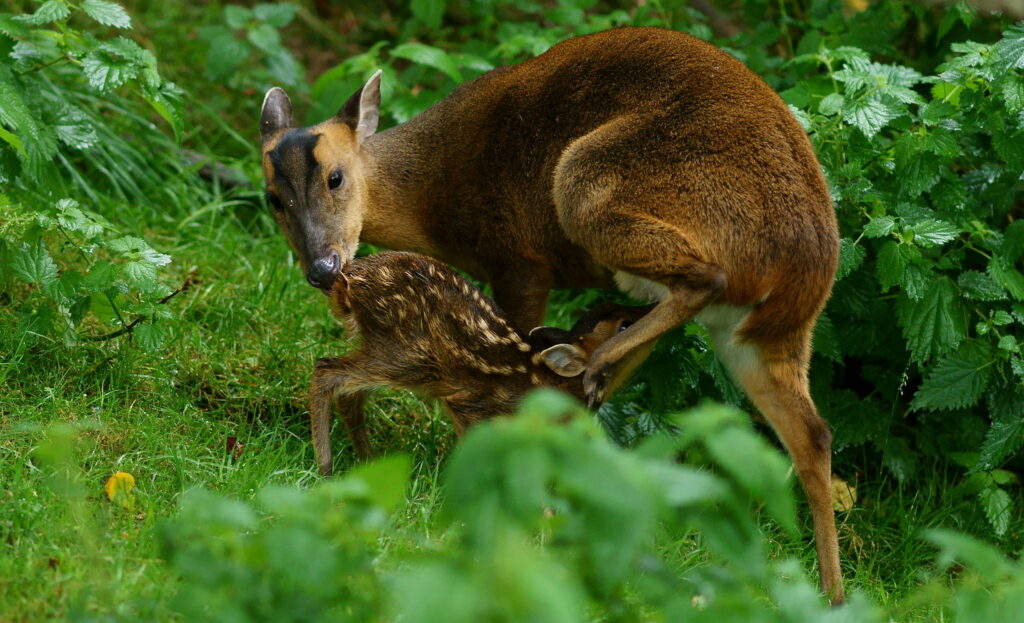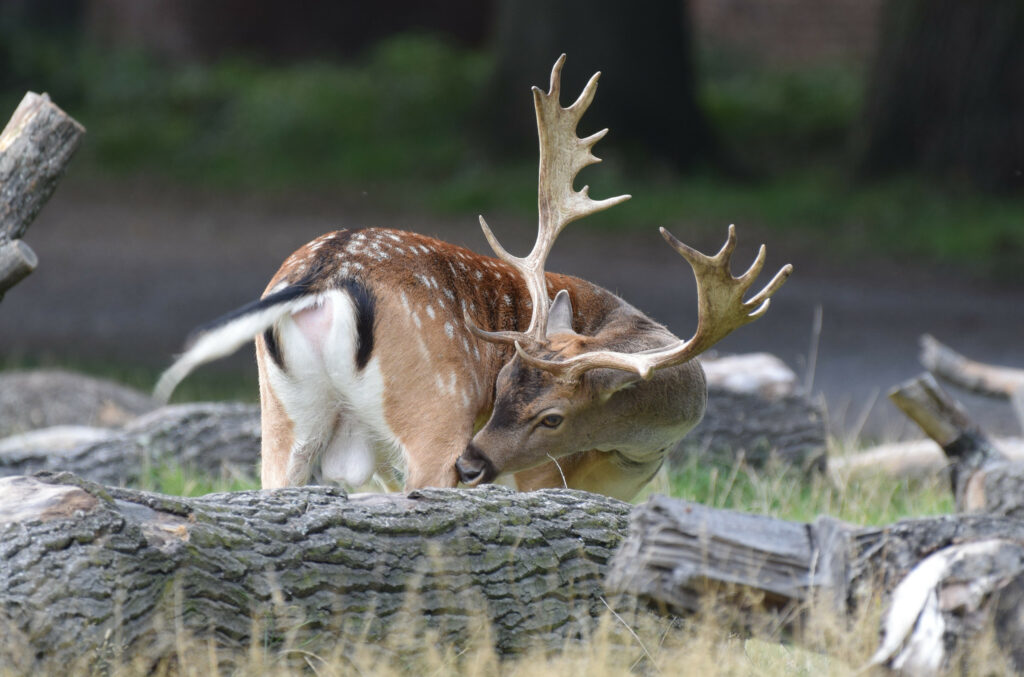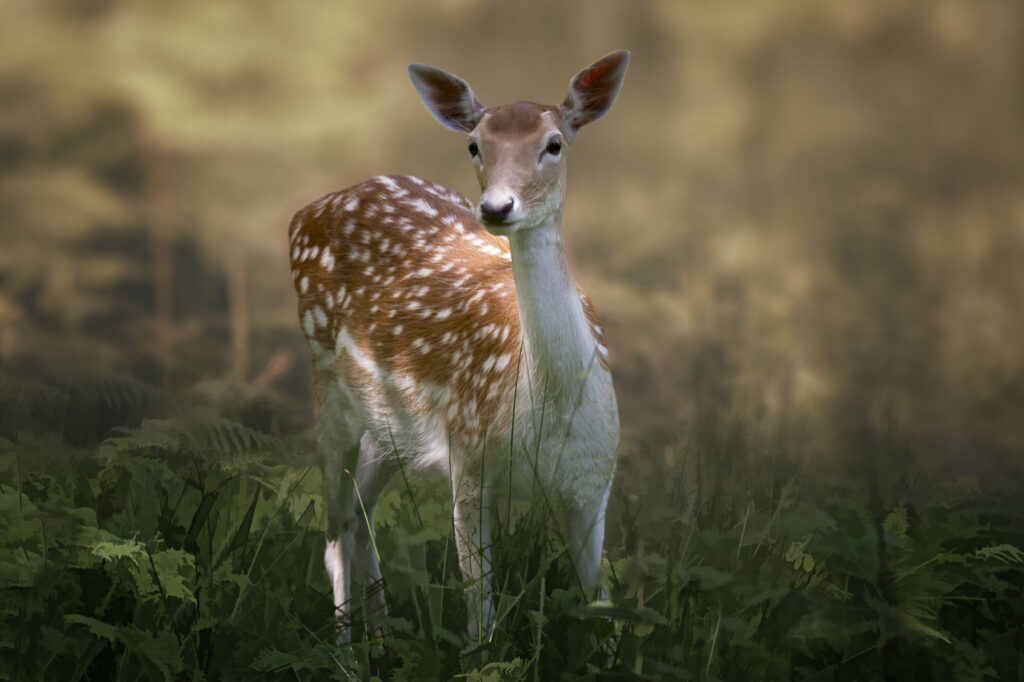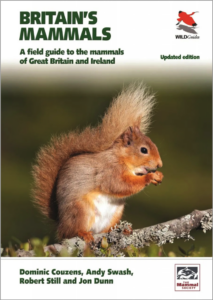Hoverflies, of the insect family Syrphidae, are often to be found hovering around flowers and, for this reason, are known as flower flies in many parts of the world. The adults of most species feed largely on nectar and pollen making them important pollinators. Their larvae eat a range of foods; some feed on decaying plant and animal matter whilst others are important predators of aphids, thrips and other insects commonly considered to be ‘crop pests’. Although completely harmless to humans and other mammals, many hoverfly species mimic stinging wasps or bees in an effort to protect themselves from predation.
This is the second instalment in our two part guide to UK hoverflies, in which we cover many of the common species that you are likely to encounter in your garden or local outdoor space. Part one can be found here.
Eristalis pertinax
Distribution: Widespread throughout Britain and Ireland.
Habitat: E. pertinax can be found in a number of habitats, including woodlands, gardens and moorland.
What to look for: Similar in size and appearance to E. tenax (see The NHBS guide to UK hoverflies: Part 1), the easiest character to use to identify this species is the yellow tarsi (the last segments of the leg) on the front and middle legs. The abdomen tapers towards the end, giving it a triangular shape that can also help to separate this species from E. tenax.
Months active: March to November, with peaks in both May and August.
Did you know: This is one of the first species to emerge in the spring, when males can often be seen defending territories in woodland rides and around flowers.
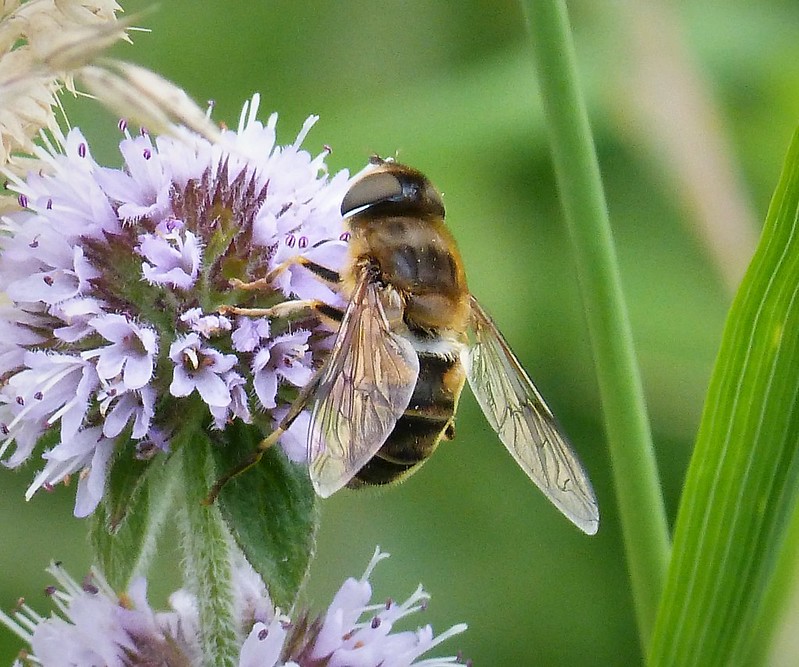
The Eristalis genus includes a number of common species that are likely to be encountered in gardens, such as E. pertinax and E. arbustorum. The May issue of British Wildlife magazine includes an article by Roger Morris and Stuart Ball that provides an introduction to the Eristalis genus, and includes an identification key to the ten Eristalis species that occur in the UK.
Baccha elongata
Distribution: Widespread throughout Britain and Ireland, although less common in parts of Scotland.
Habitat: Prefers shaded spots, such as woodland margins and hedgerows.
What to look for: Although generally overlooked due to its small size, B. elongata is unmistakable because of its long, slender, wasp-like abdomen.
Months active: April to November, with peaks in both May and September.
Did you know: Unlike many other hoverflies, B. elongata is rarely seen basking in sunlit areas but tends to be found in low, shaded vegetation. The predatory larvae feed on a number of aphid species, such as Nettle Aphid and Bramble Aphid.
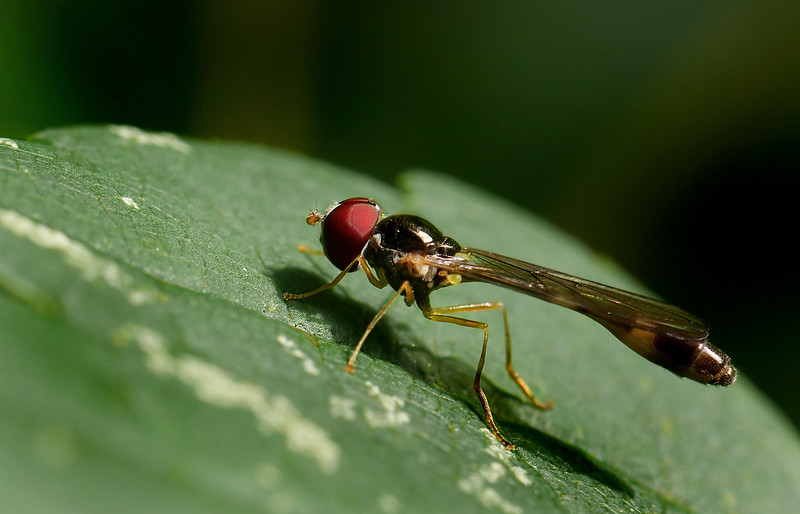
Episyrphus balteatus
Distribution: Widespread throughout Britain and Ireland.
Habitat: A wide range of habitats, including gardens and woodlands.
What to look for: Episyrphus balteatus, often known as the Marmalade Hoverfly, is an easily recognisable species and one of the most common hoverflies in the UK – it won’t take too long for you to spot this regular garden visitor. Each of the abdominal segments has two black bands separated by orange bands. This pattern is unique to this species, but the overall colouration of individuals can vary depending on the temperature at which the larvae develop.
Months active: Individuals can be recorded in all months of the year, but there is usually a peak in numbers in July.
Did you know: The arrival of huge numbers of migrants from mainland Europe can sometimes lead to reports in the media of a mass influx of ‘wasps’.
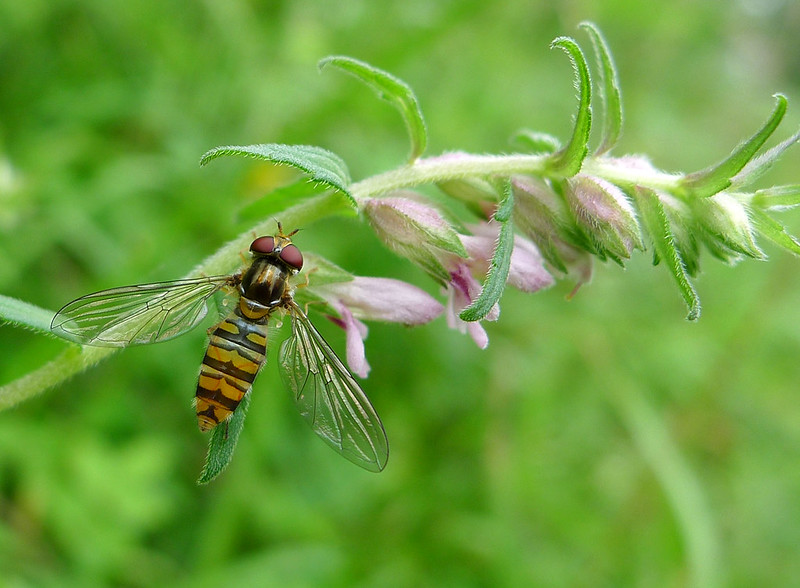
Scaeva pyrastri
Distribution: Widespread in England, Wales and Ireland, but much less common in Scotland.
Habitat: Can be found in a variety of habitats, including gardens and woodlands.
What to look for: White, comma-shaped spots on the abdomen are a key identification feature, but completely black individuals can occur.
Months active: May to November, with a peak in August.
Did you know: S. pyrastri is a migratory species and its numbers in Britain vary greatly between years.
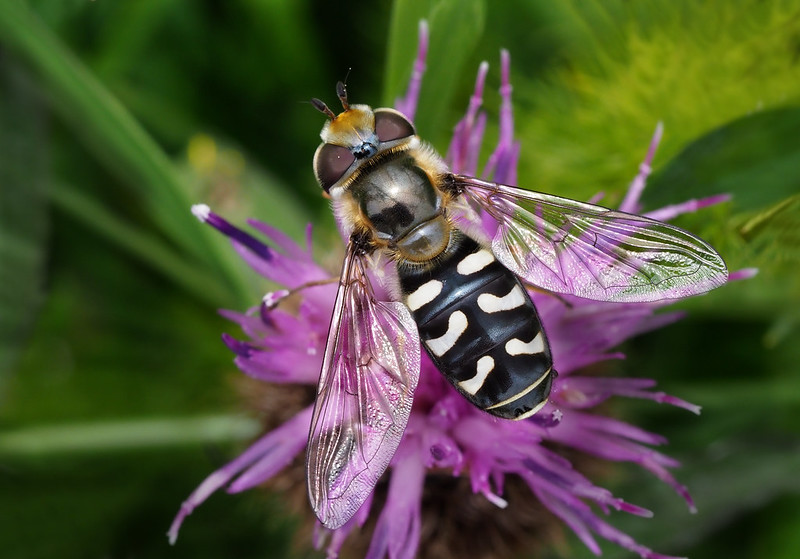
Leucozona lucorum
Distribution: Widespread throughout Britain and Ireland, although less abundant in northern Scotland.
Habitat: Woodland rides and edges, and hedgerows.
What to look for: The black wing clouds and broad creamy markings on the second abdominal segment are distinctive characteristics of this species. Confusion can occur with the similar Cheliosa illustrata, but the yellow scutellum (a shield-shaped segment behind the thorax) of L. lucorum will help with identification.
Months active: Between May and August, with a peak in May and June.
Did you know: L. lucorum is primarily a spring species, but in some years there is a second generation in midsummer.
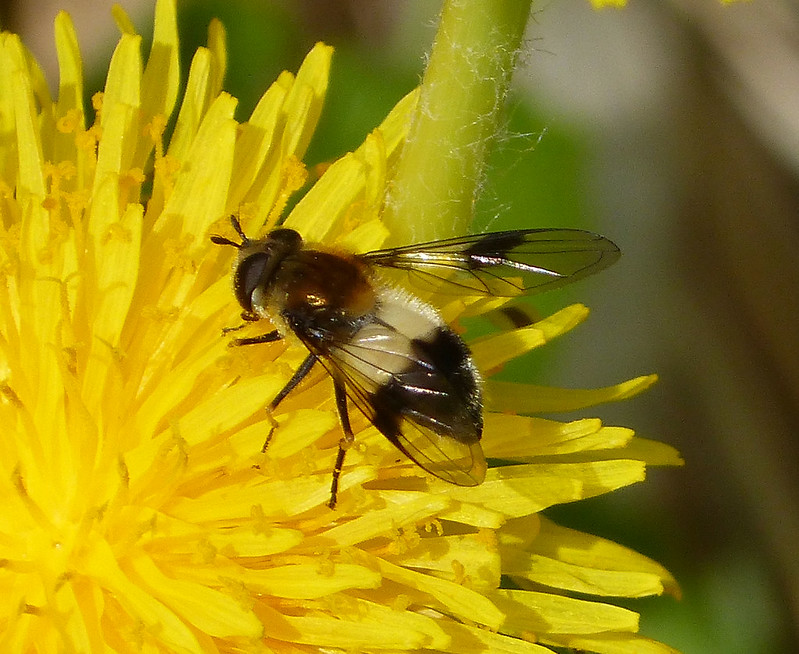
Helophilus pendulus
Distribution: Widespread throughout Britain and Ireland.
Habitat: A wide range of habitats, including gardens.
What to look for: A very eye-catching hoverfly with pale, longitudinal stripes on its thorax and a yellow face with a dark central stripe. It is possible to confuse this species with H. hybridus, although the yellow markings on the second and third abdominal segments are separated by a black band.
Months active: Between April and November with a peak in July.
Did you know: H. pendulus is commonly seen basking on leaves and often produces a buzzing sound while doing so.
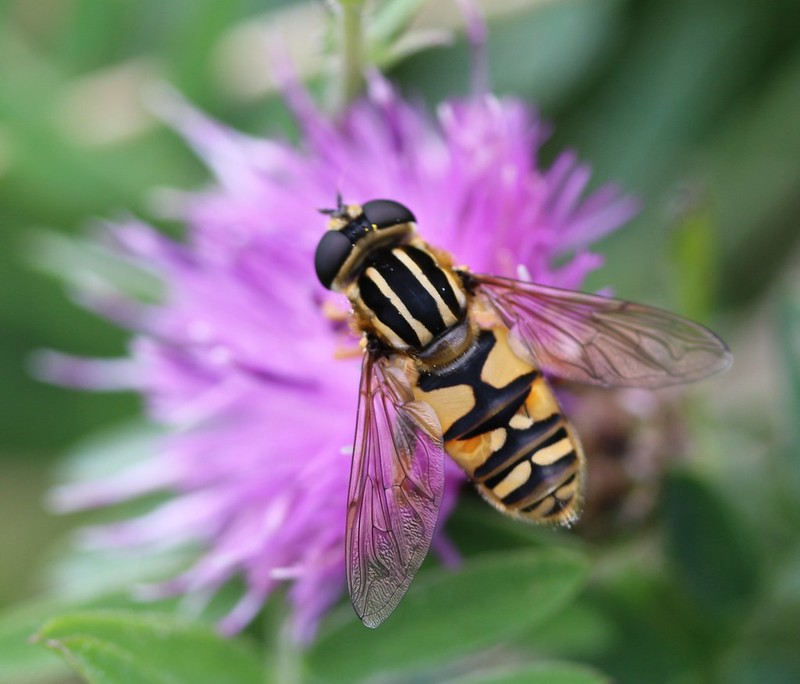
Syritta pipiens
Distribution: Widespread in Britain and Ireland, although less abundant in parts of northern Scotland.
Habitat: A variety of habitats and common in gardens.
What to look for: Despite being a small, slender species, S. pipiens is instantly recognisable by the swollen hind femora. The sides of the thorax are also dusted grey.
Months active: April to November, but more abundant in late summer.
Did you know: Male S. pipiens are highly territorial and will force each other to move backwards and forwards until one admits defeat and gives up.
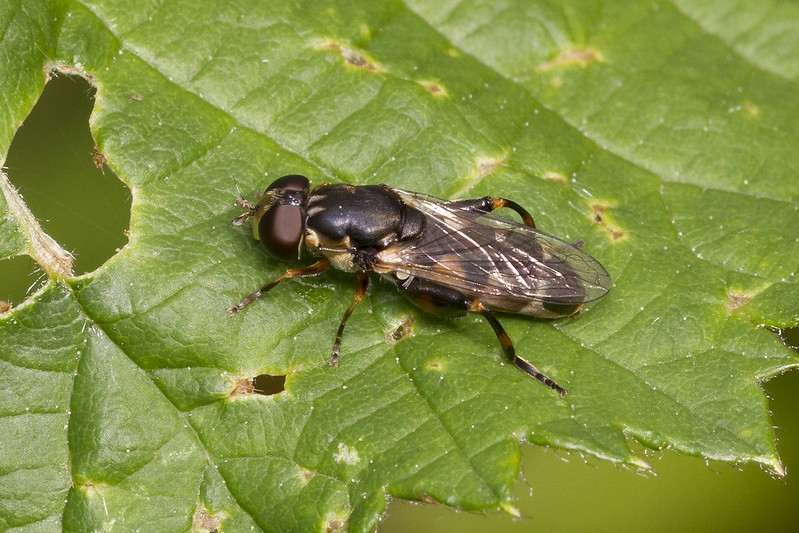
Volucella zonaria
Distribution: Widespread in southern England and parts of Wales.
Habitat: A variety of habitats, including gardens and parks in urban areas
What to look for: Britain’s largest hoverfly, this species is often known as the Hornet Hoverfly due to the strong yellow-and-black bands on the abdomen and the impressive size (wing length can be between 15.5mm and 19.5mm). The only other hoverfly that V. zonaria could be confused with is V. inanis, but the latter is largely yellow underneath whereas V. zonaria is chestnut coloured with broad black bands.
Months active: May to November, with a peak in August.
Did you know: V. zonaria is a relatively recent addition to the British fauna. It first colonised the south of England in the 1930s and its range is rapidly expanding. The larvae live in the nests of social wasps, such as the Hornet and Common Wasp.
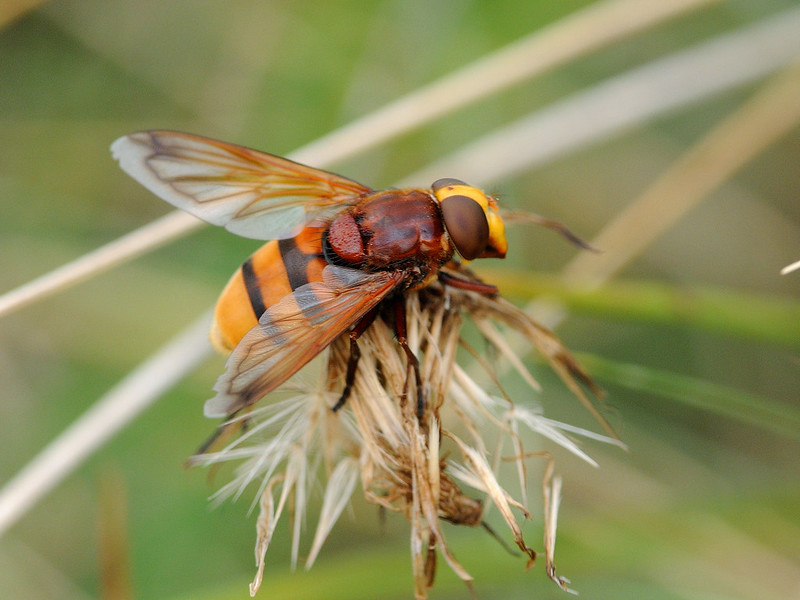
Sphaerophoria scripta
Distribution: Widespread in England and Wales, but only recorded from the east coast of Ireland and less abundant in northern England and Scotland.
Habitat: Grasslands.
What to look for: Identifying individual species in the Sphaerophoria genus, particularly females, can be extremely difficult. Male S. scripta can be easier to identify as the abdomen is much longer than the wings and has broad yellow bands, although the markings can vary. Confusion can occur with S. batava and S. taeniata, as these two species also have yellow bands; examination of the male genitalia is the only way to determine identification.
Months active: Between April and November, with a peak in July and August
Did you know: This is the most common Sphaerophoria species and is often found in grassland. There is no resident population in northern Britain, but numbers are boosted in some years by an influx of migrant individuals.
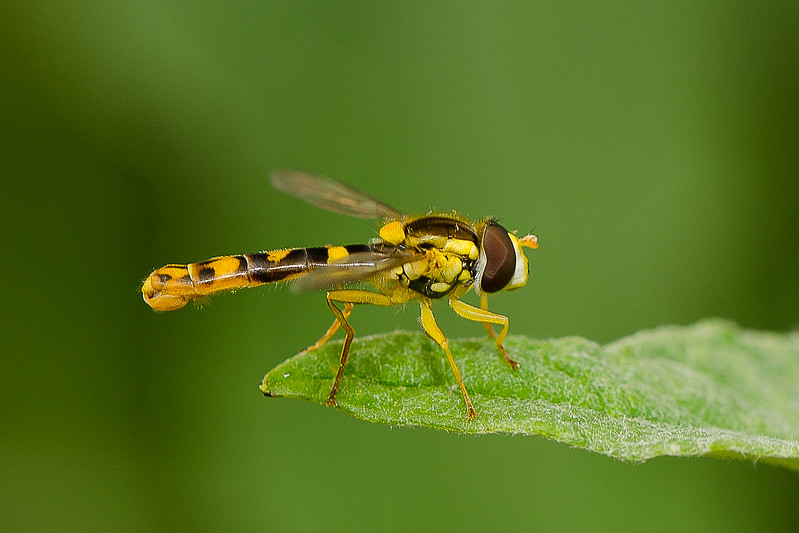
Chrysotoxum bicinctum
Distribution: Widespread in Ireland and southern England, but less common in northern England and Scotland.
Habitat: Open grasslands and grassy woodland rides.
What to look for: The yellow bars on the second and fourth abdominal segment and the chocolate-brown patches on the wings make this wasp mimic instantly recognisable.
Months active: May to September, with a peak between June and August.
Did you know: Members of the Chrysotoxum genus are easy to recognise due to their long antennae which point forwards. Other hoverfly groups with similar antennae do not have the yellow-and-black markings of Chrysotoxum.

Cheilosia illustrata
Distribution: Widespread throughout Britain and Ireland, although less abundant in the north-east of Scotland.
Habitat: Hedgerows and woodland edges where umbellifers such as Hogweed or Angelica are present.
What to look for: Not an entirely believable bumblebee mimic, C. illustrata has a band of pale hairs at the end of the abdomen and dark wing clouds. It is possible to mistake this species for Leucozona lucorum, but the black face and black scutellum of C. illustrata help to distinguish it.
Months active: April to September, peaking in July.
Did you know: The larvae of this species mine the roots and stems of large Hogweed plants and the adults are often observed feeding on the flowers.
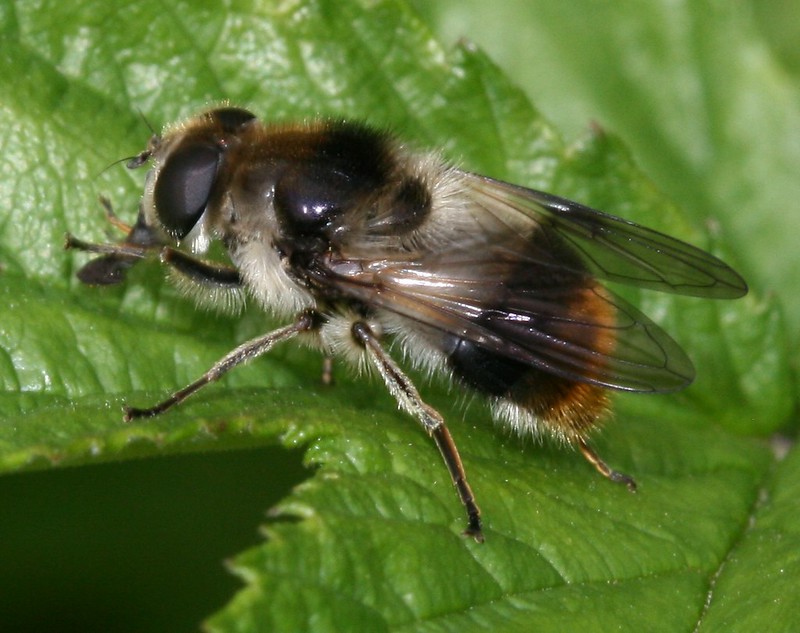
Recommended books and equipment
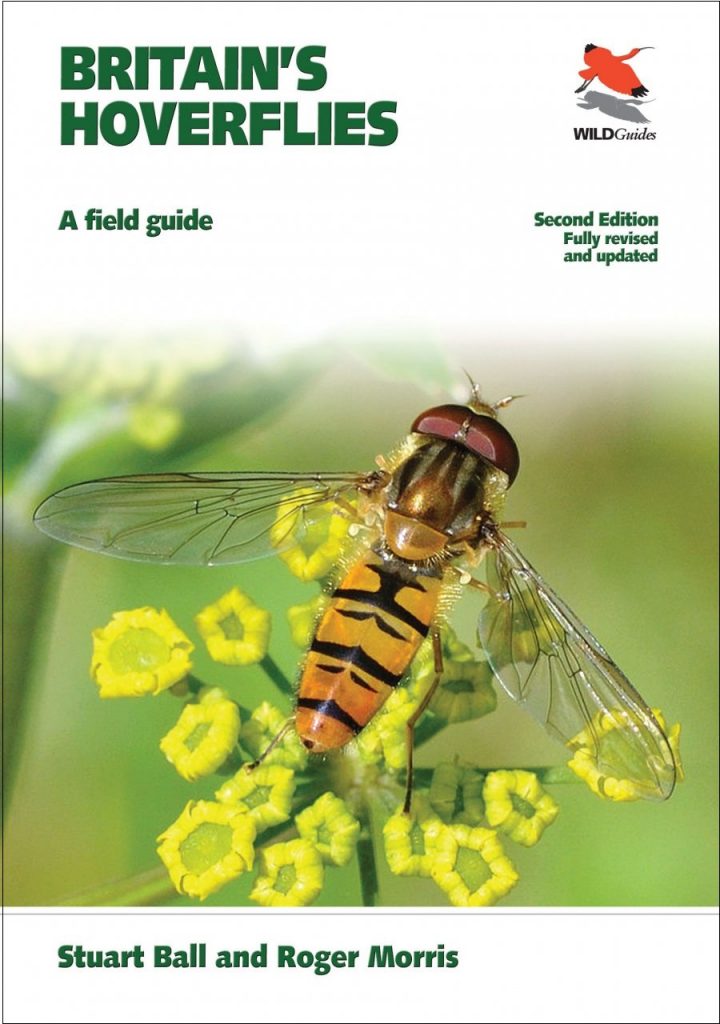 Britain’s Hoverflies: A Field Guide
Britain’s Hoverflies: A Field Guide
£17.99 £24.99
A beautifully illustrated photographic field guide to the hoverflies of Britain, focusing on the species that can be most readily identified.
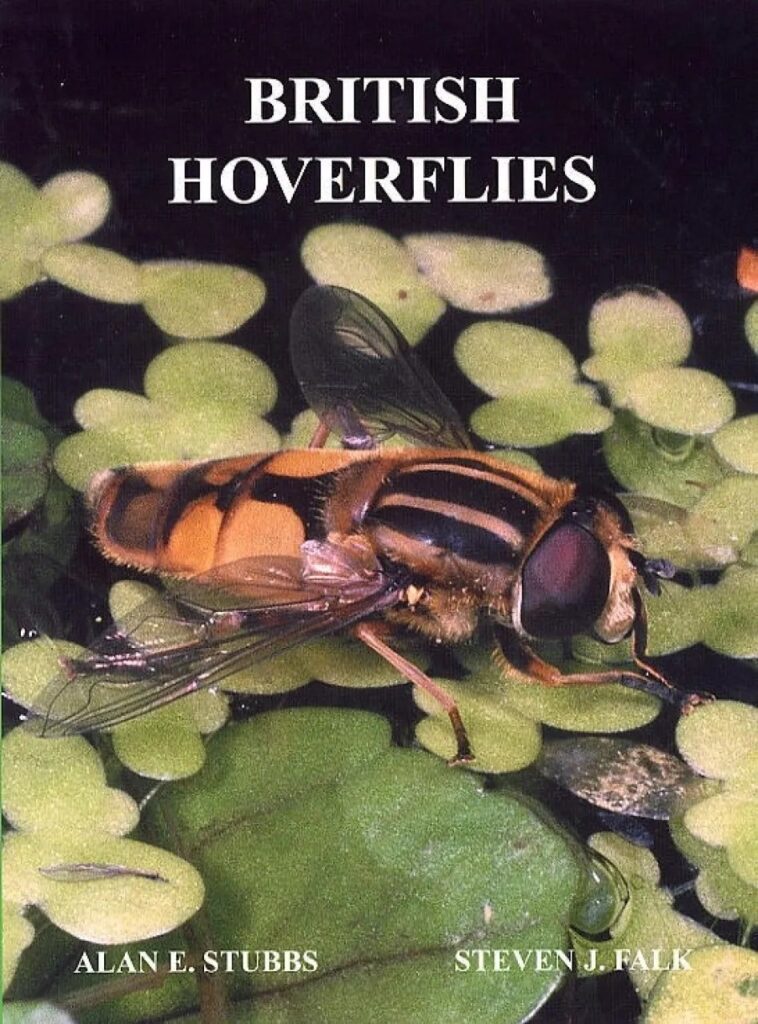 British Hoverflies: An Illustrated Identification Guide
British Hoverflies: An Illustrated Identification Guide
£37.50
In this classic work by Stubbs and Falk, 276 species are described. Their identification is made easy by the extensive keys which incorporate over 640 line drawings.
60ml Collecting Pot
From £0.35
These small sampling containers are made from see-through polypropylene and have secure screw-on lids. They are ideal for the temporary storage of specimens.
Opticron Hand Lens (10x 23mm)
£12.95 £14.95
Observe the finer details of your specimen with this high-quality 23mm doublet lens, the most commonly recommended magnifier for all types of fieldwork.
Sweep Net
£31.99
This high-quality sweep net is designed for catching insects and other bugs from long grass and shrubs
All prices are correct at the time of posting, but may change at any time.
Please see nhbs.com for up to date pricing and availability.

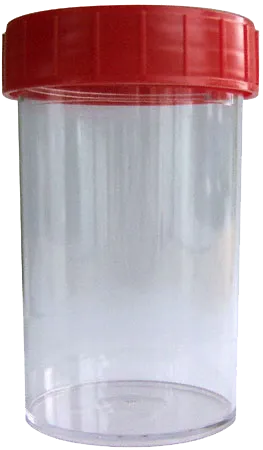
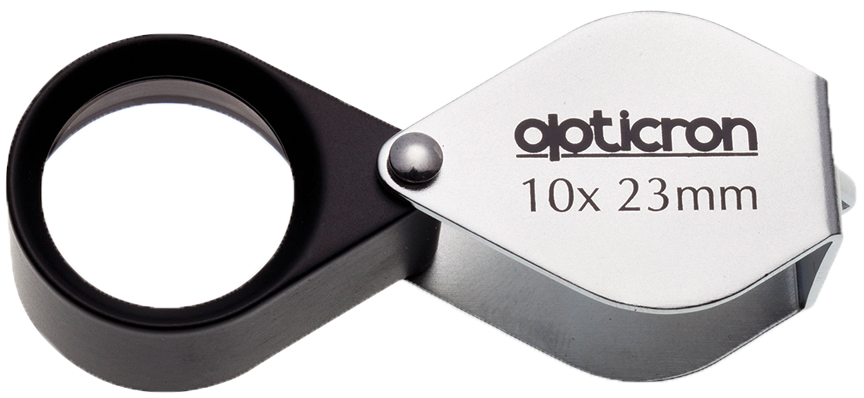
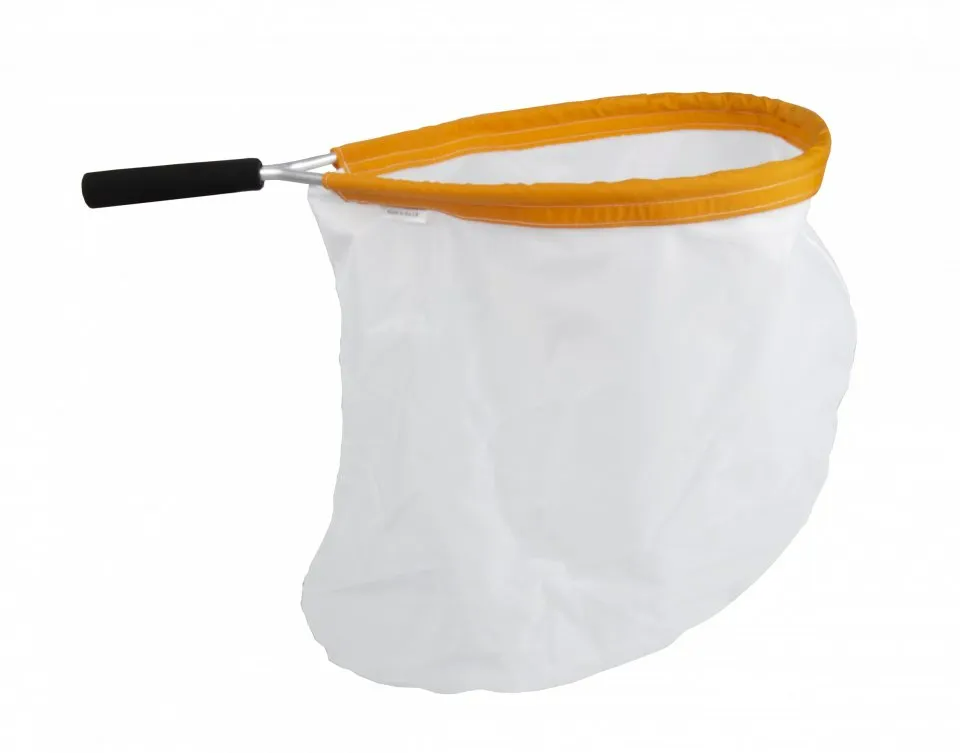
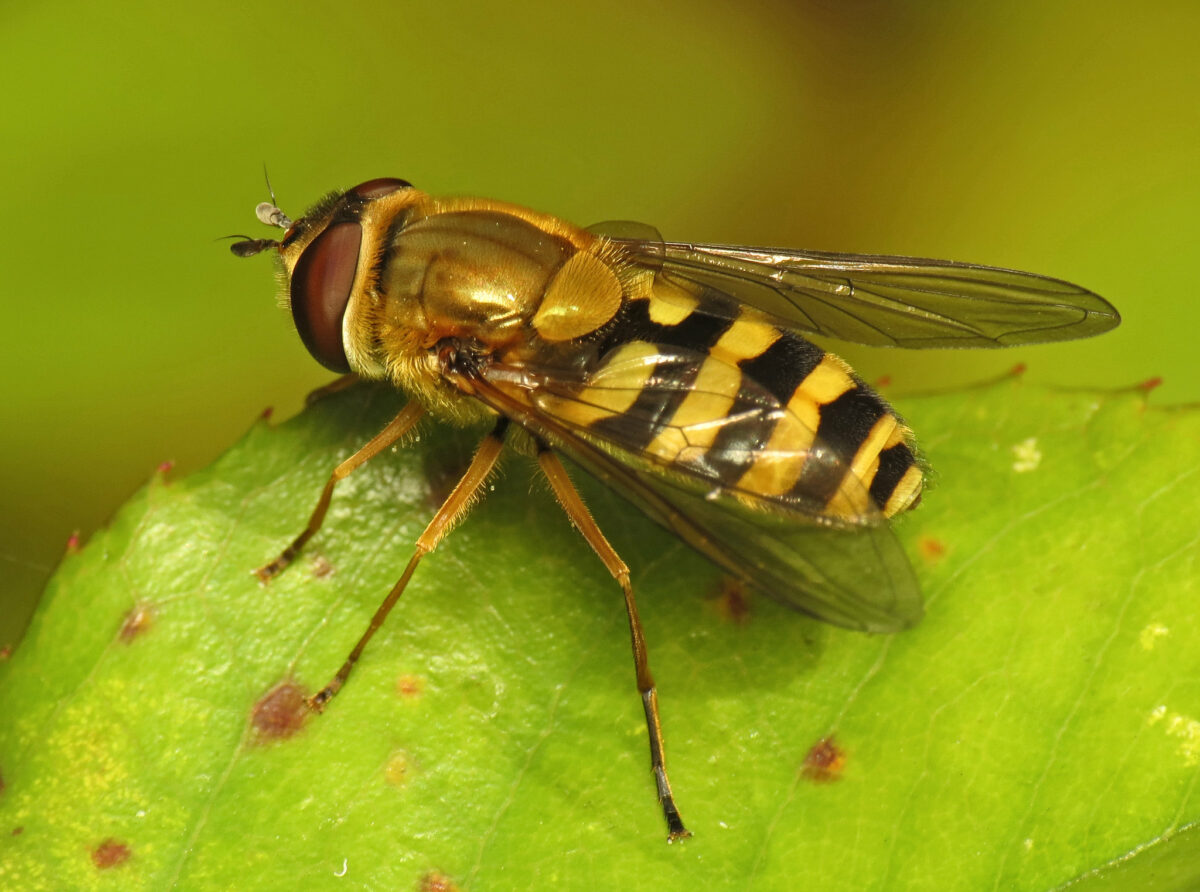
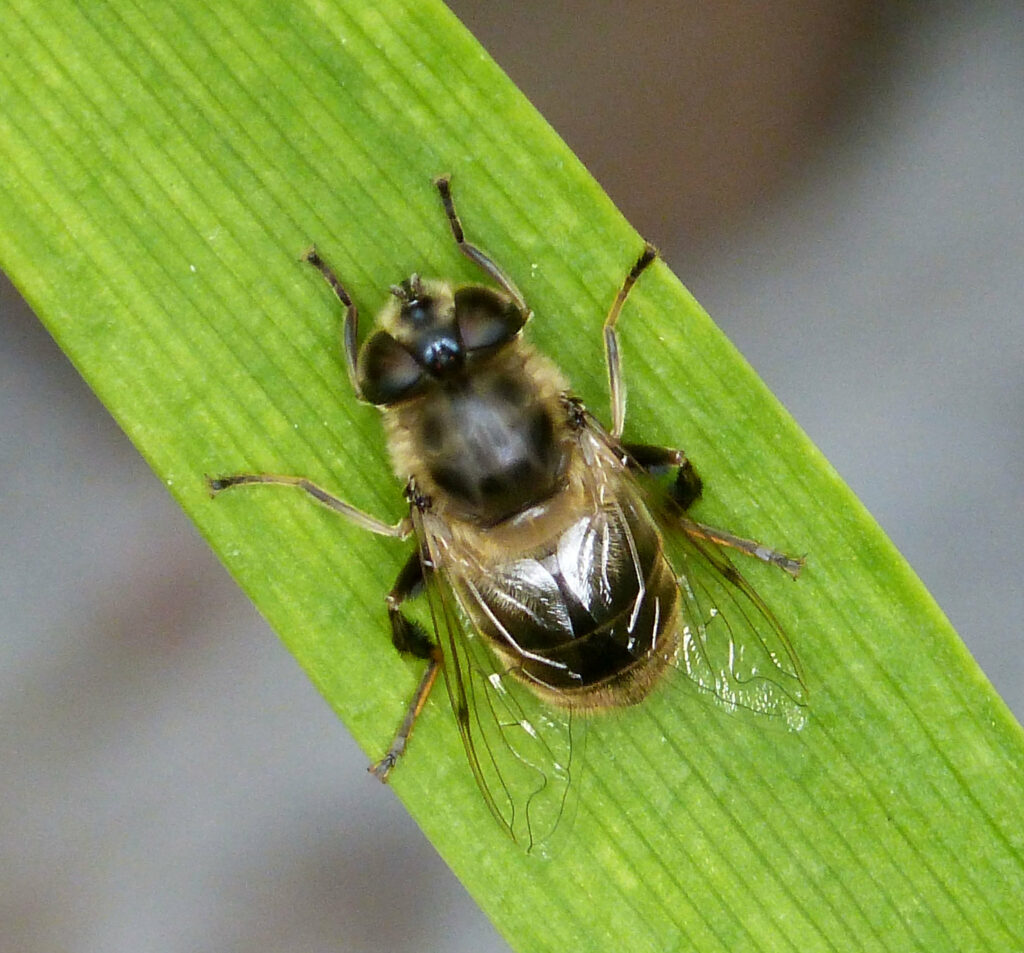
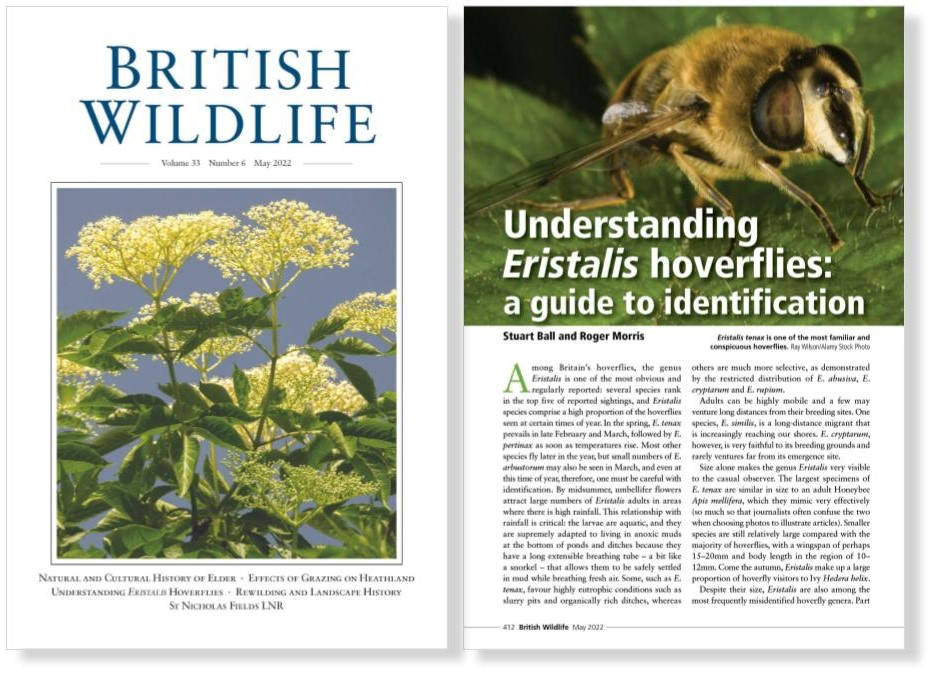
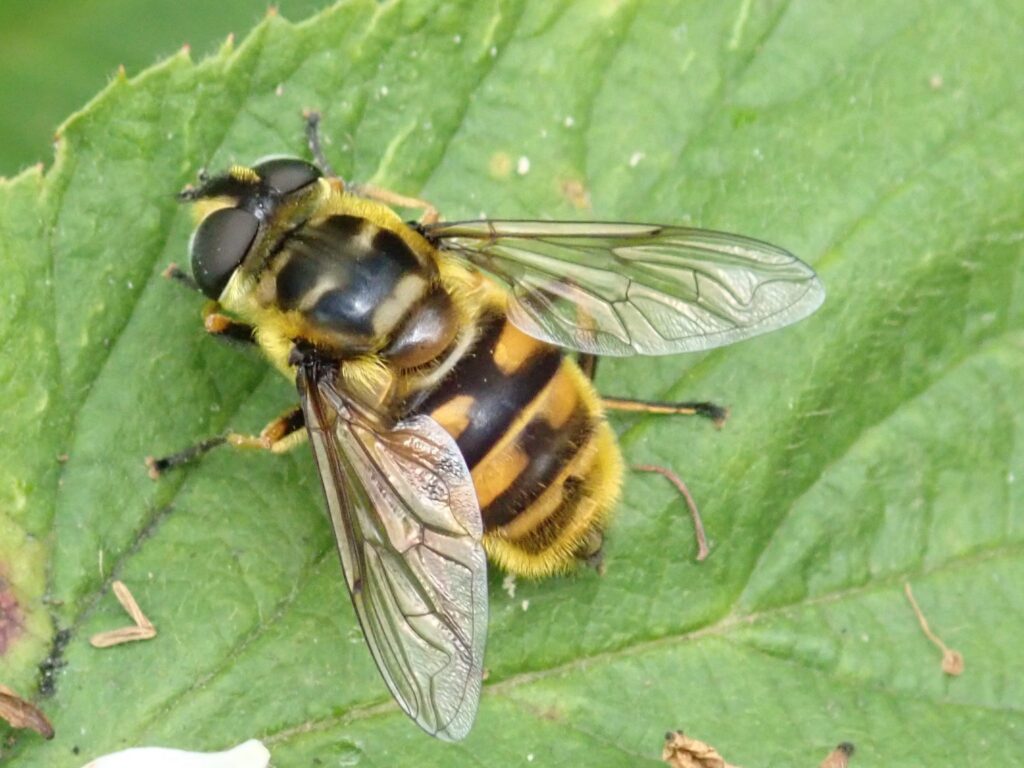
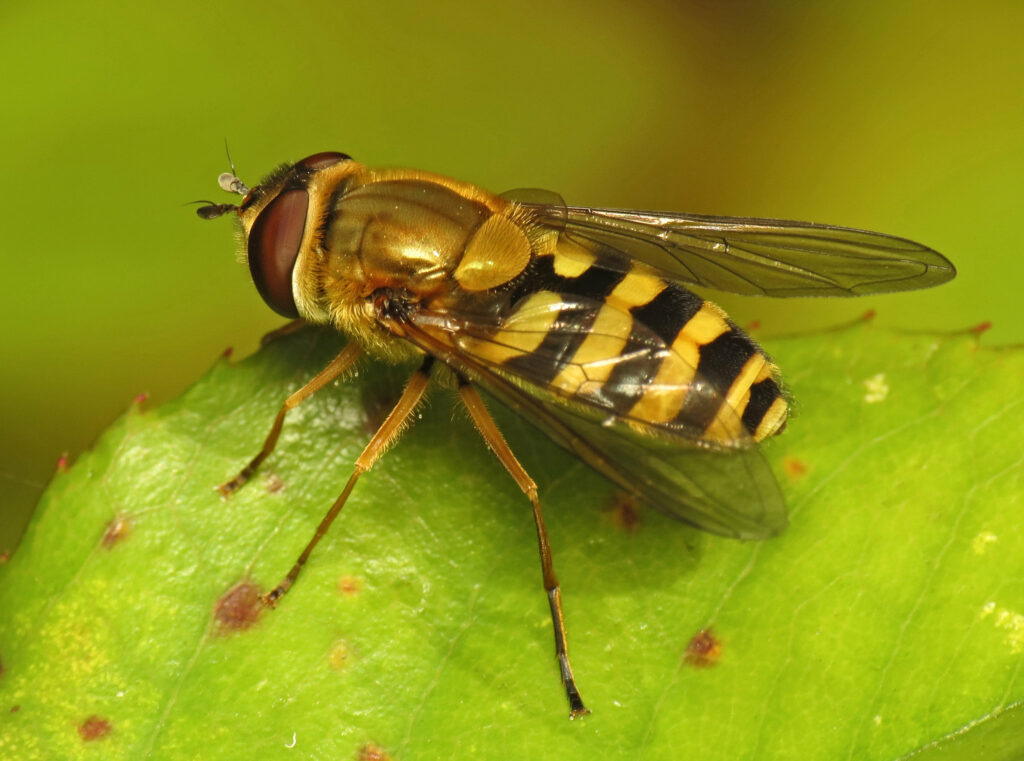
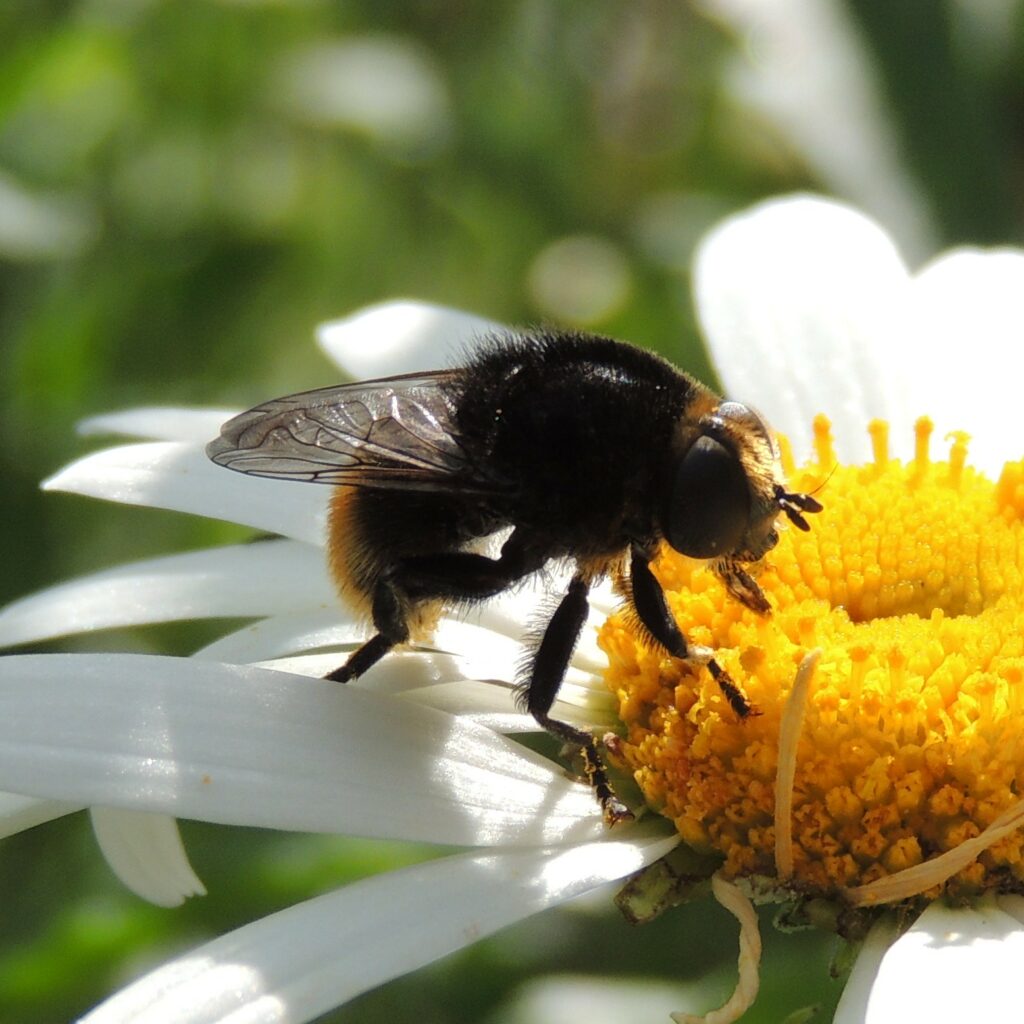
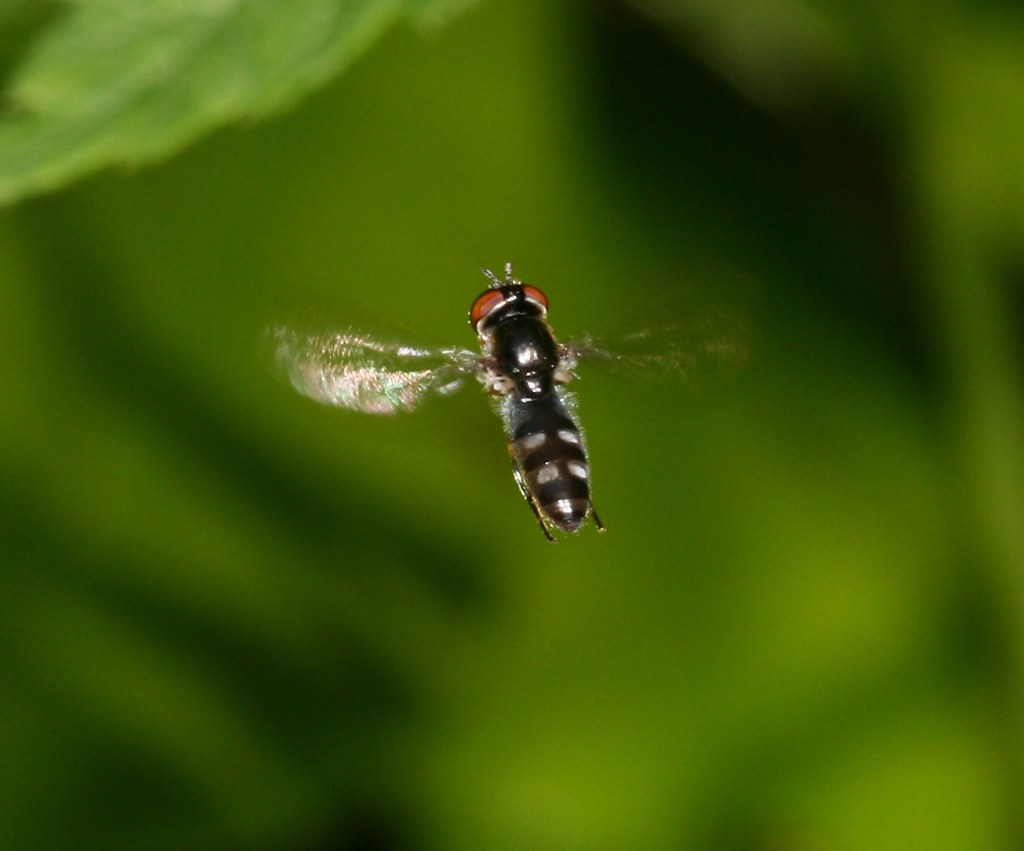

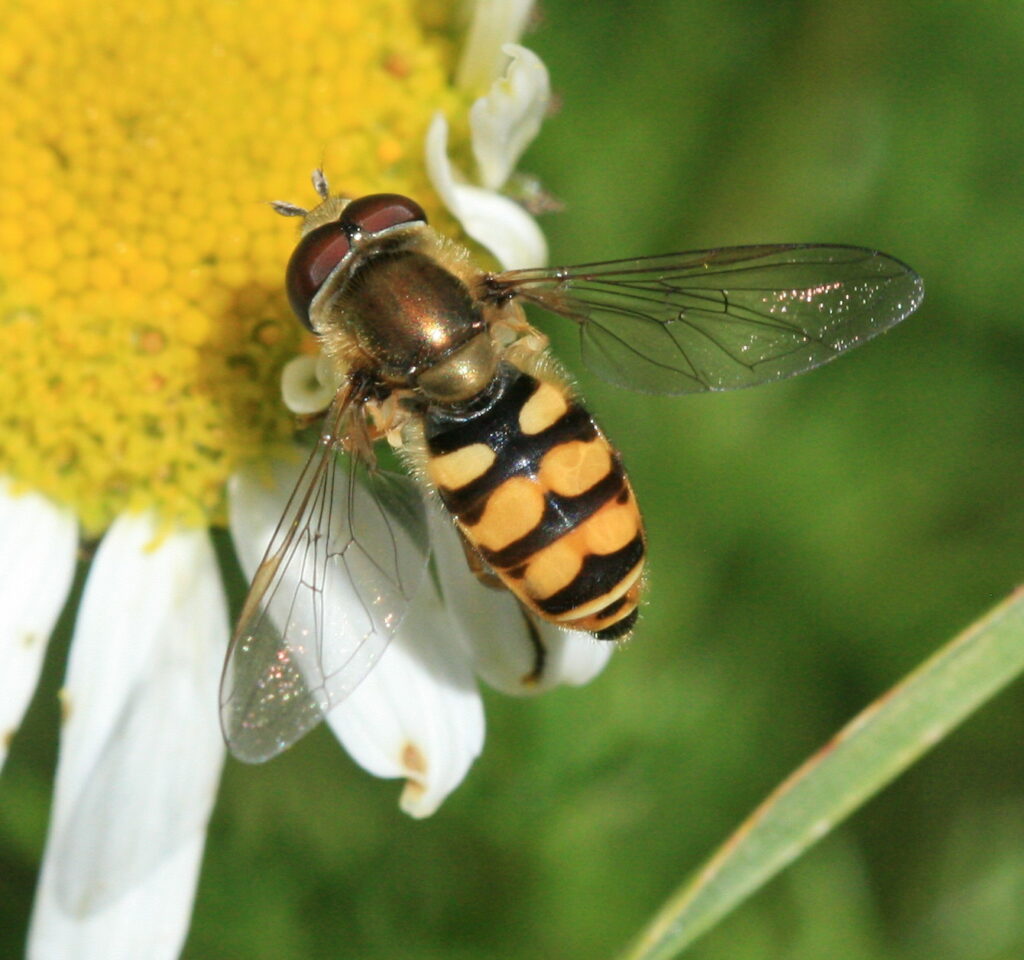


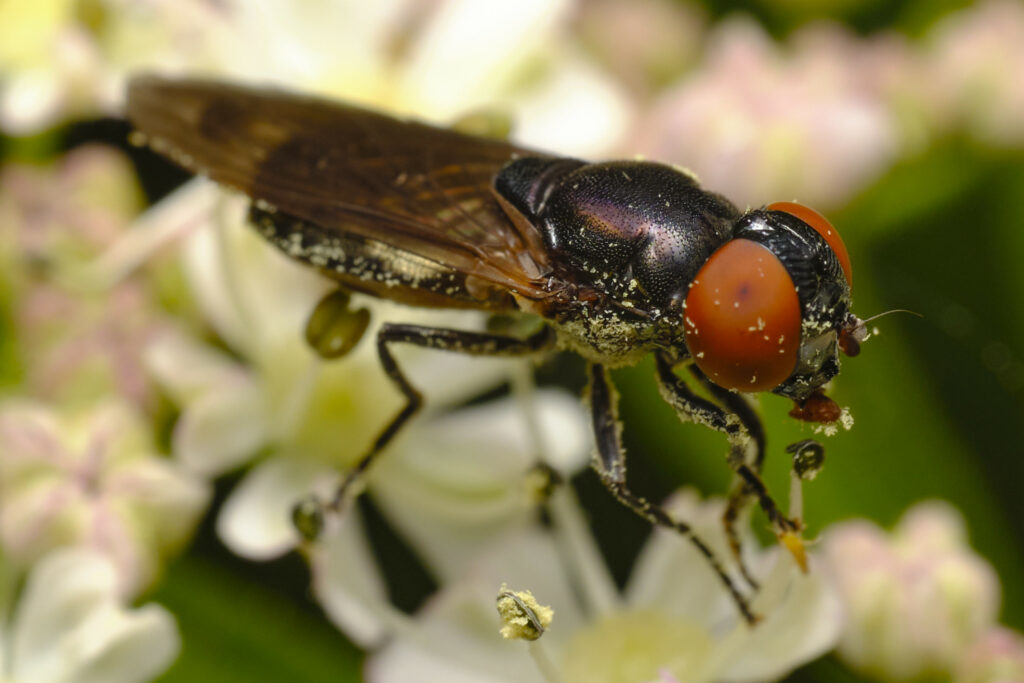
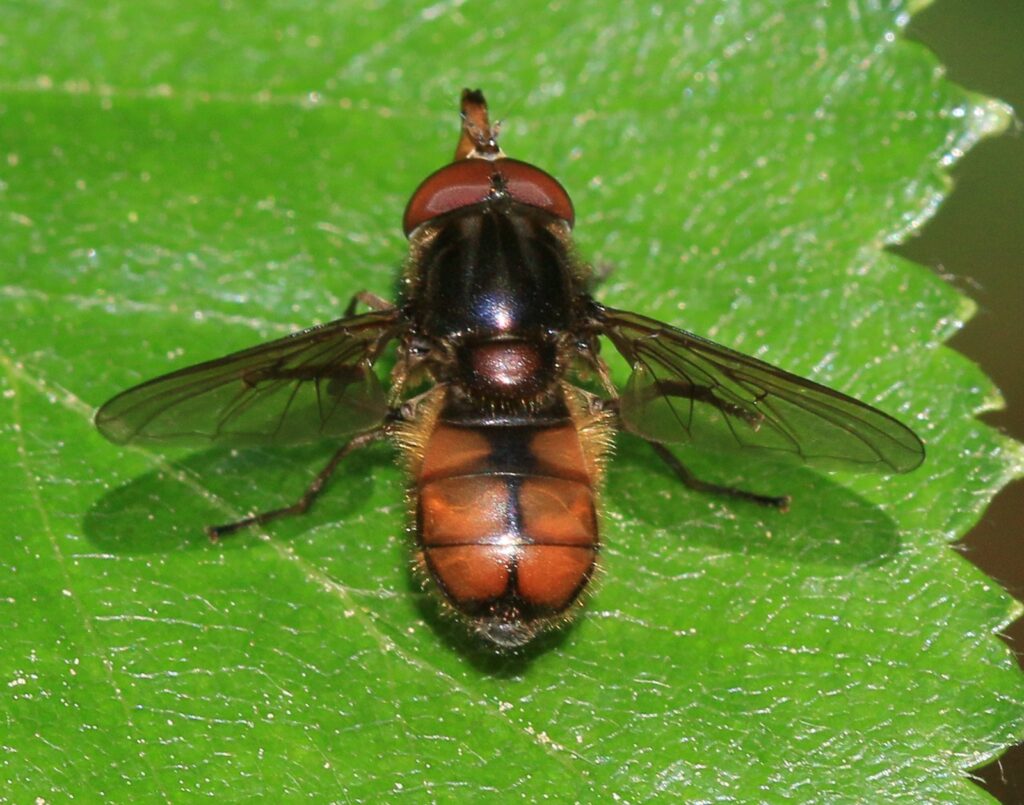
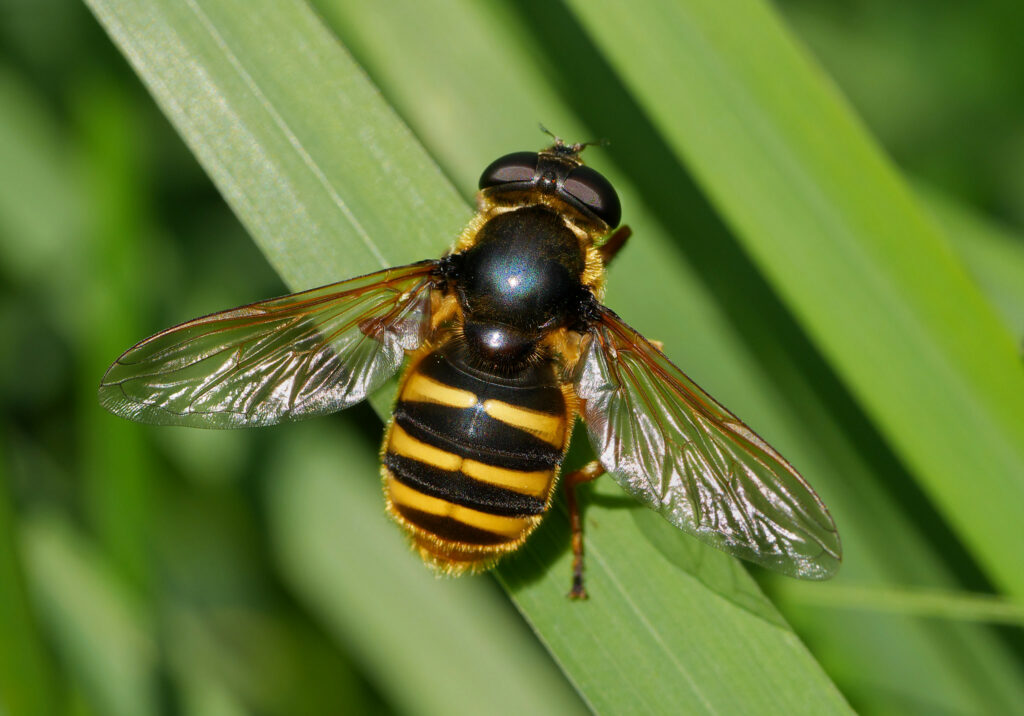
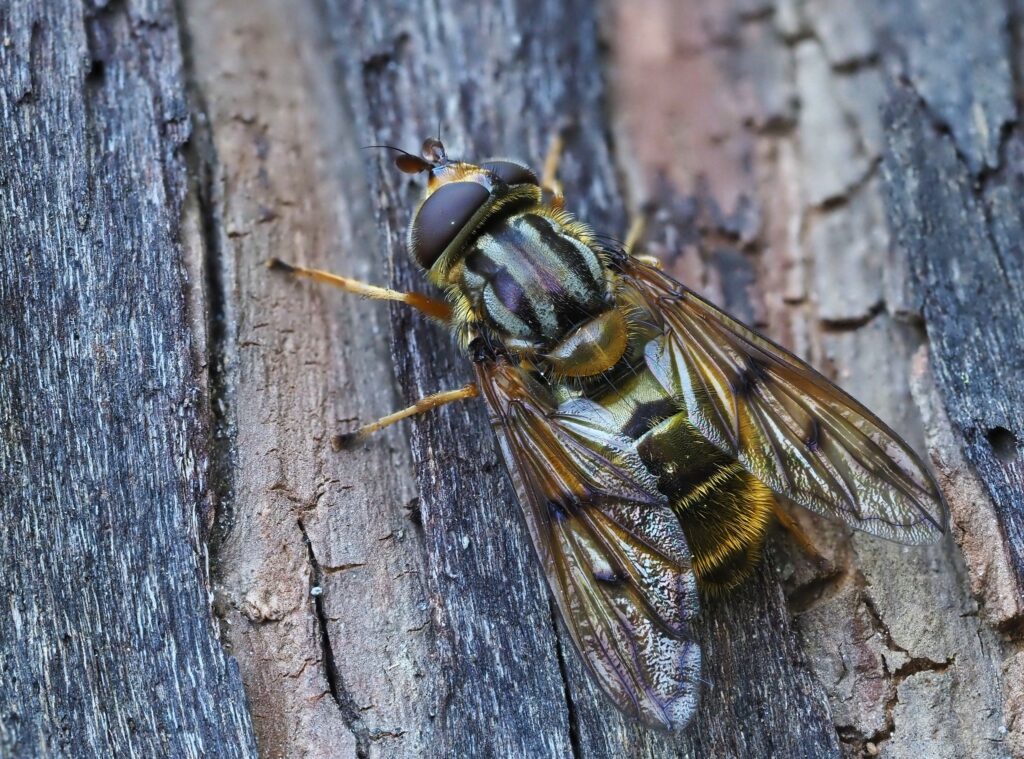
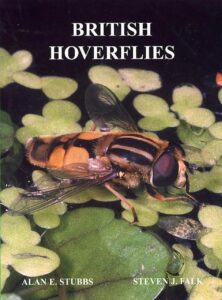
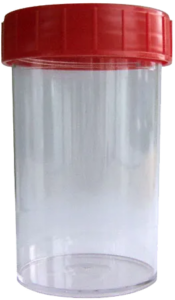
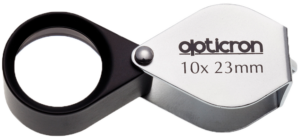

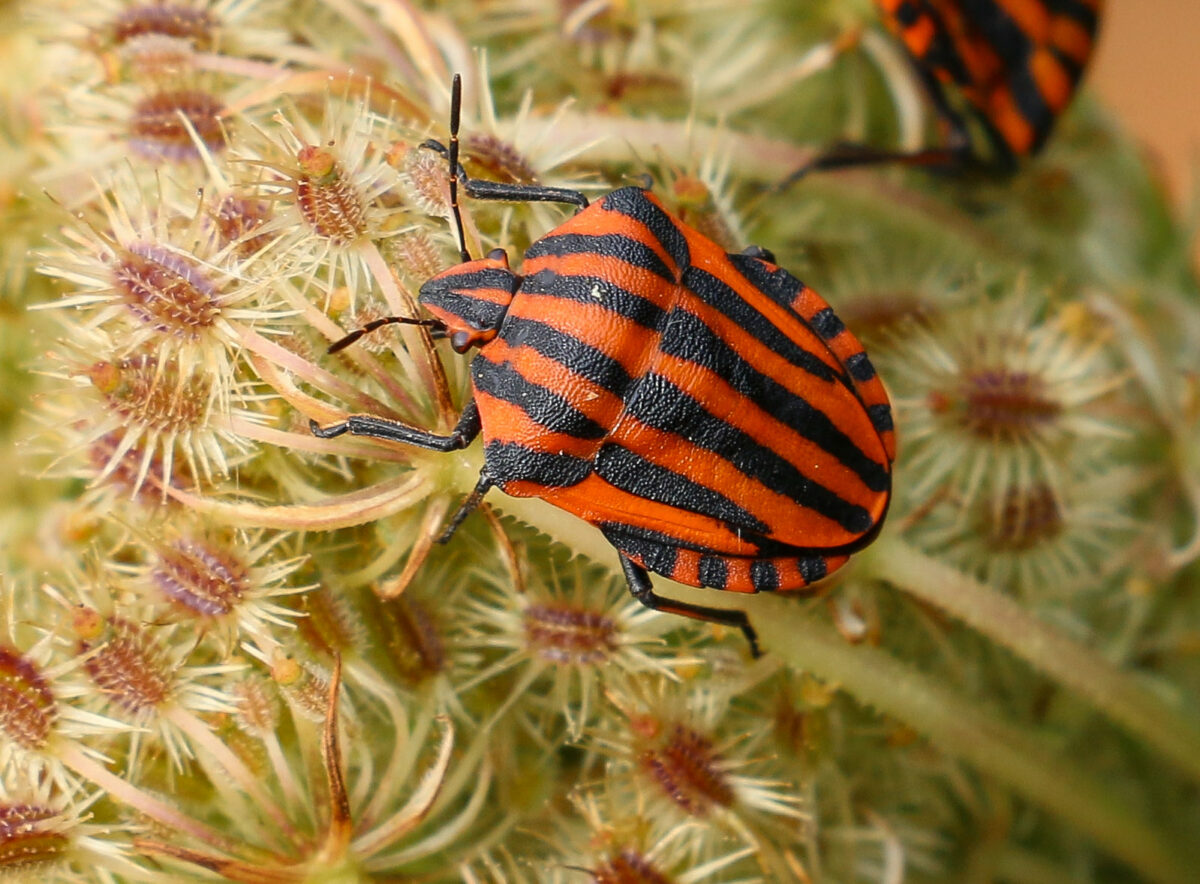

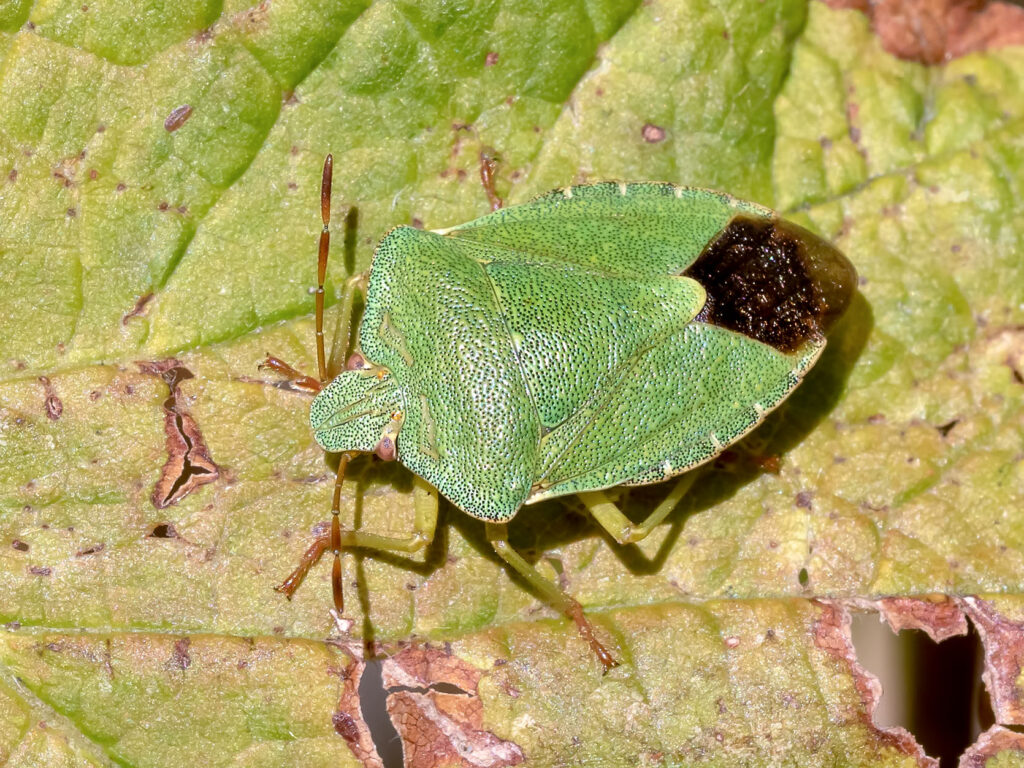
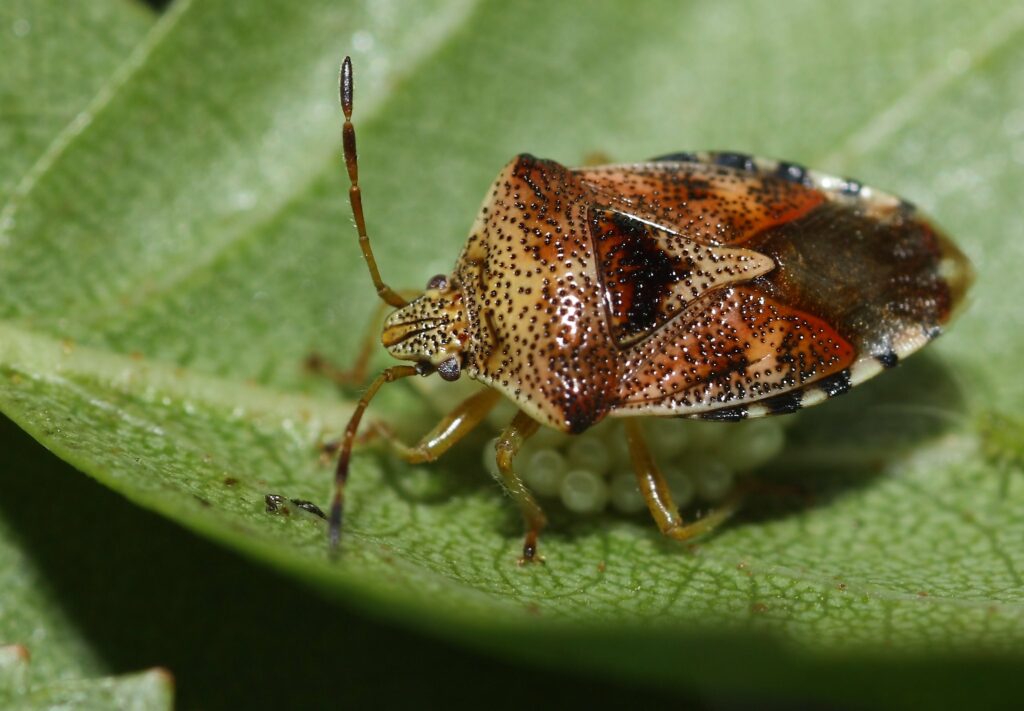
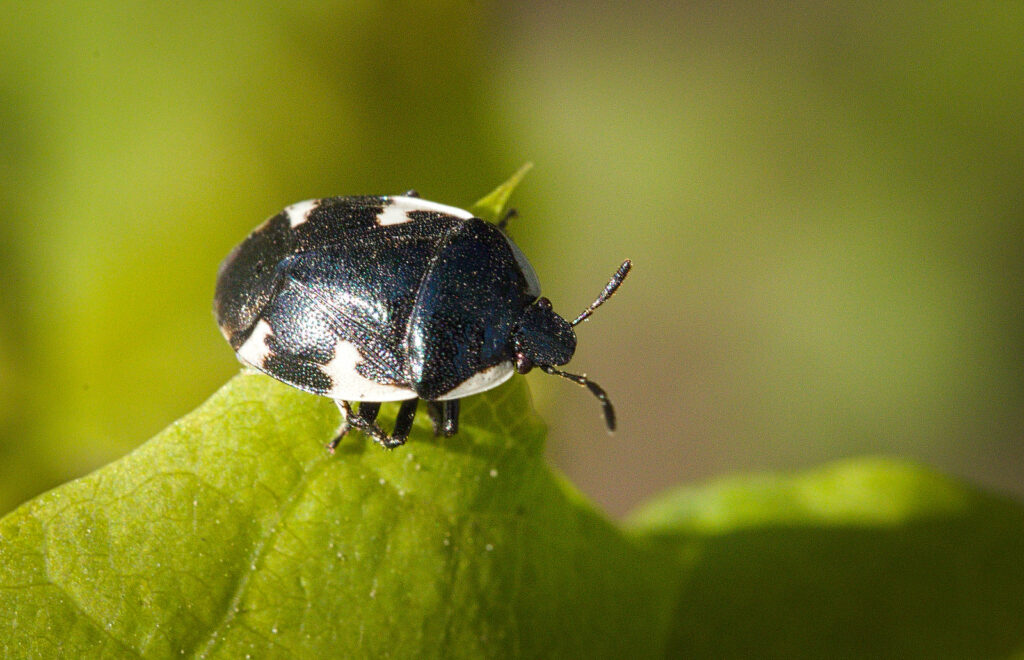
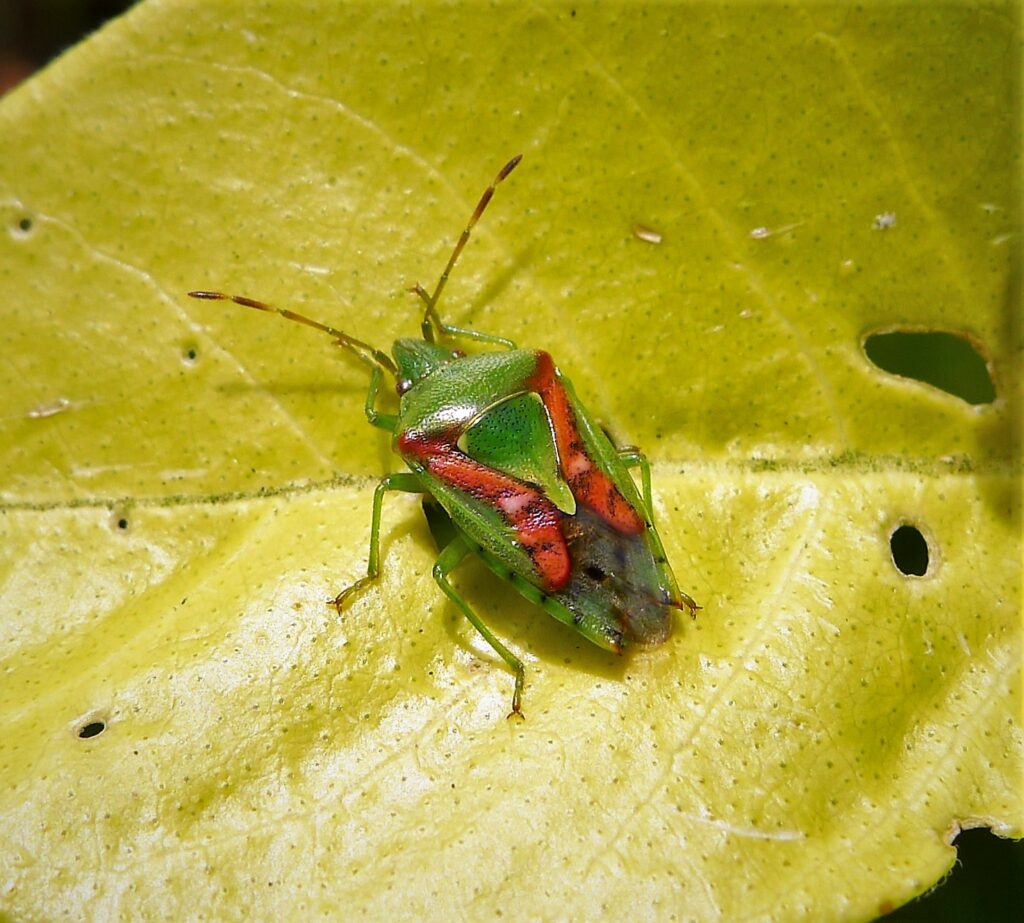
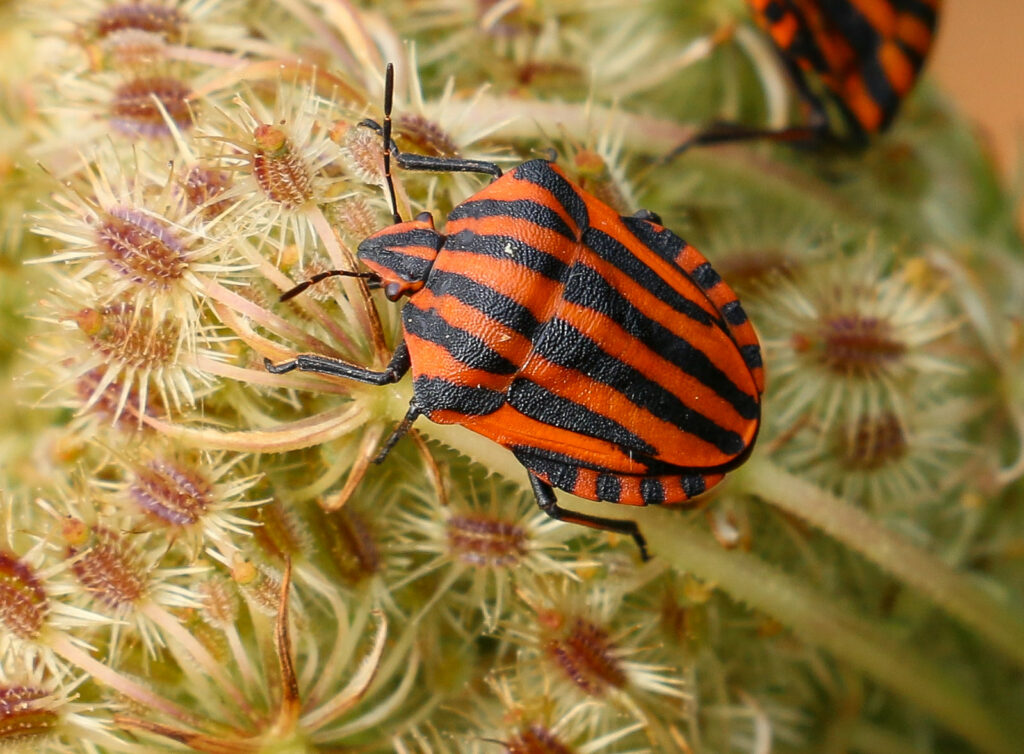
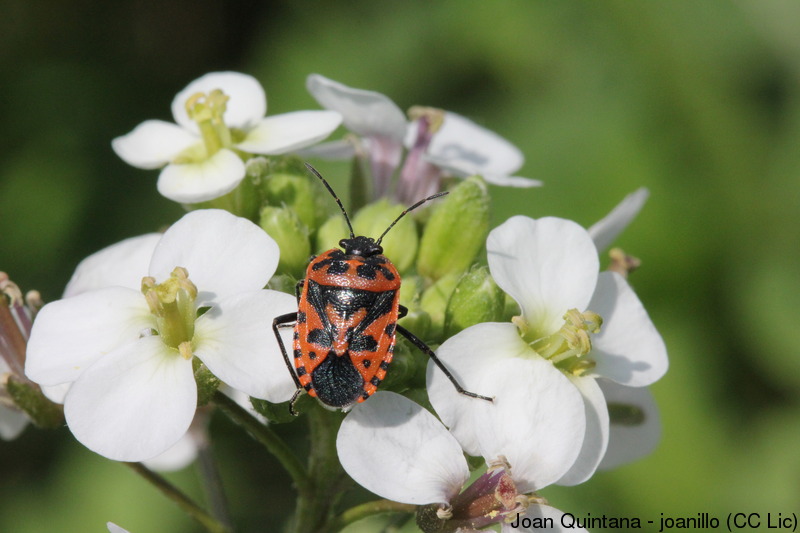
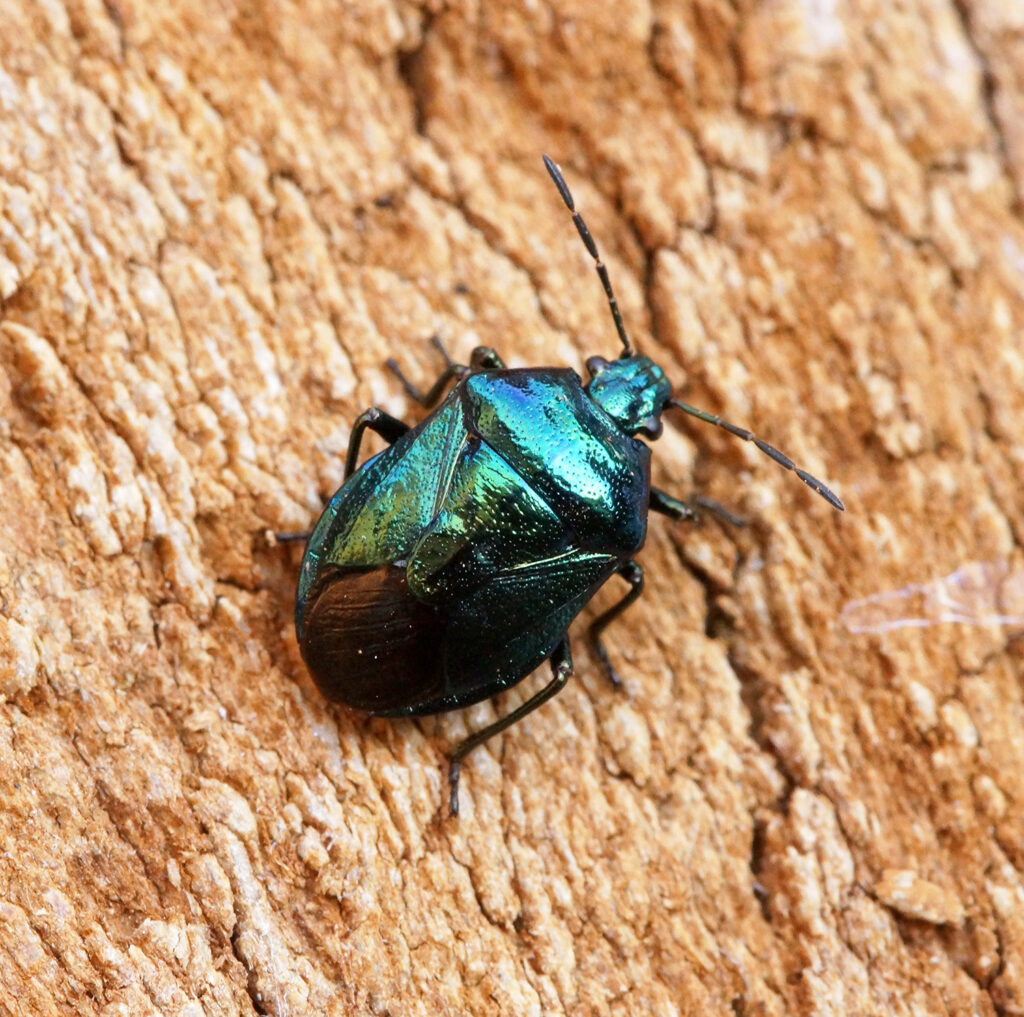
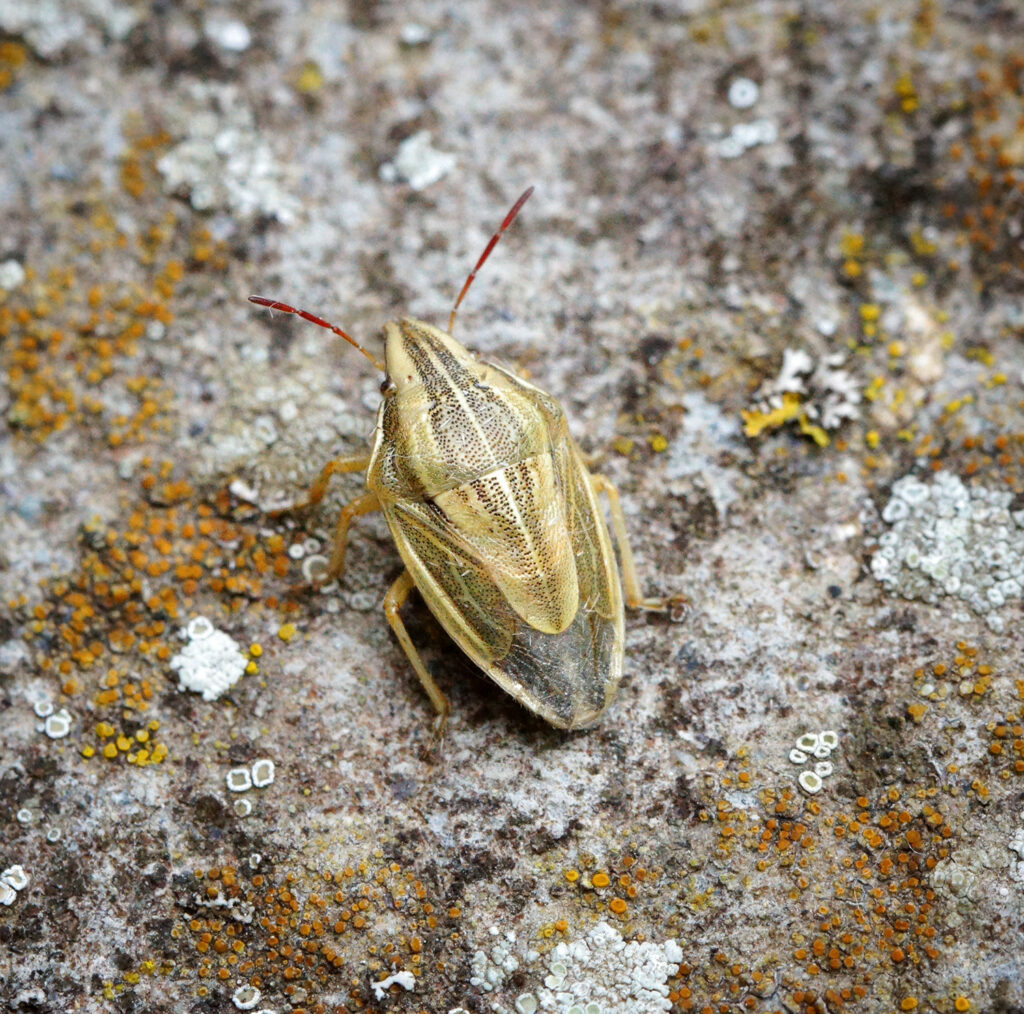
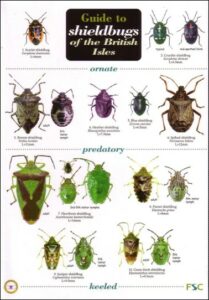
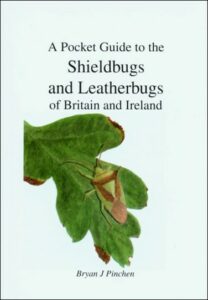
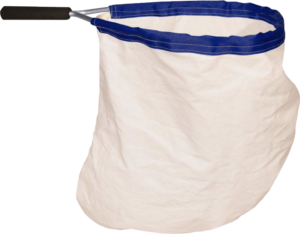
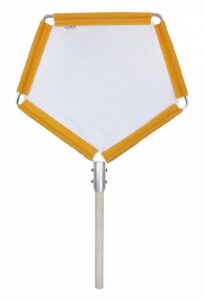
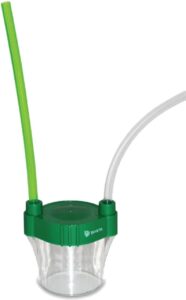

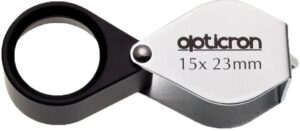
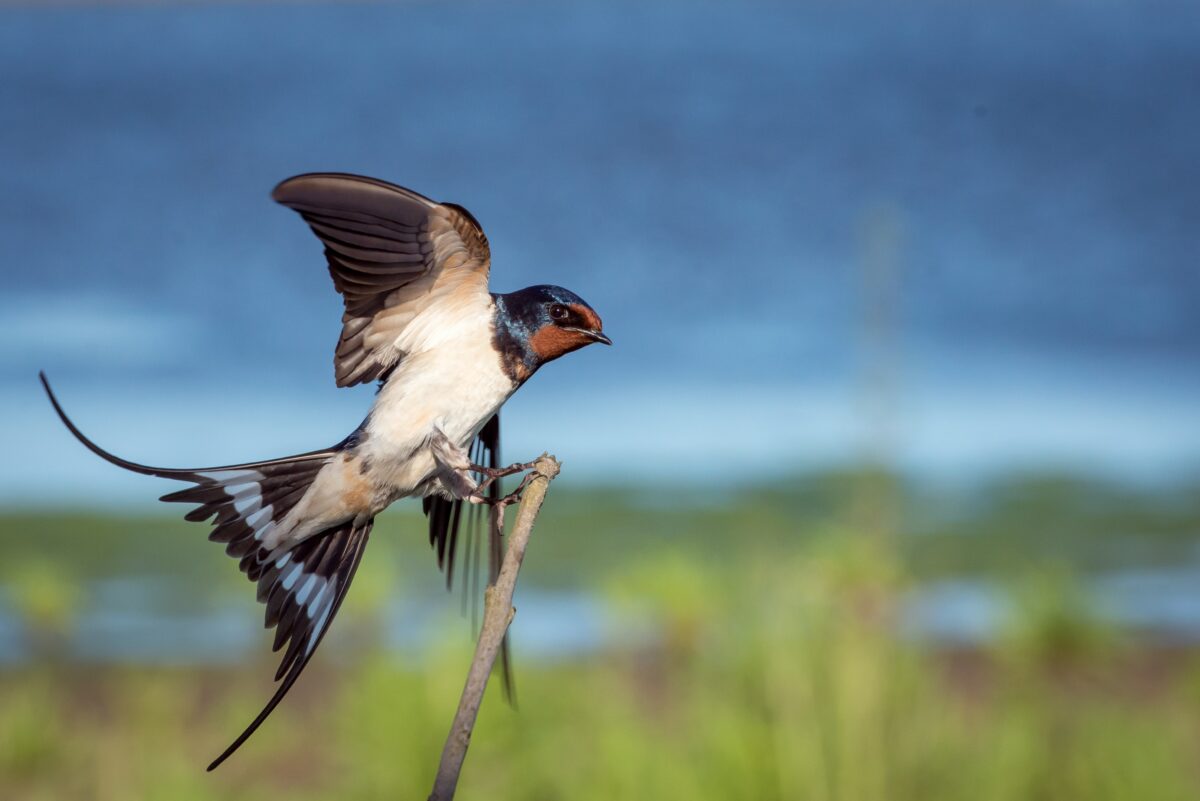
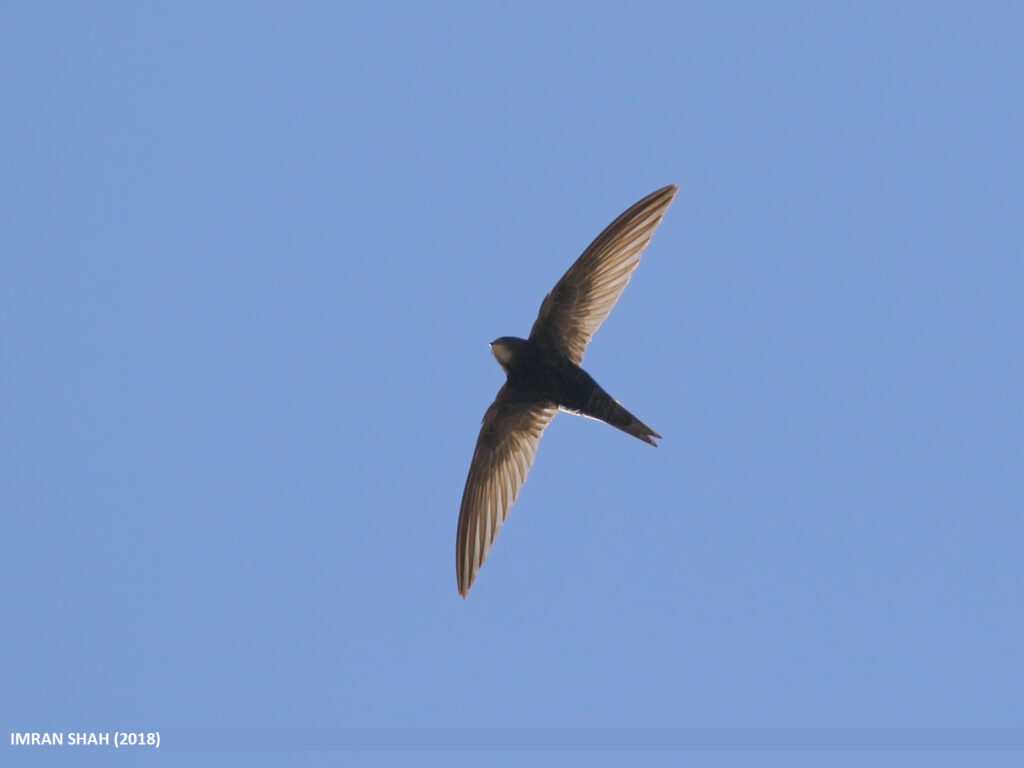
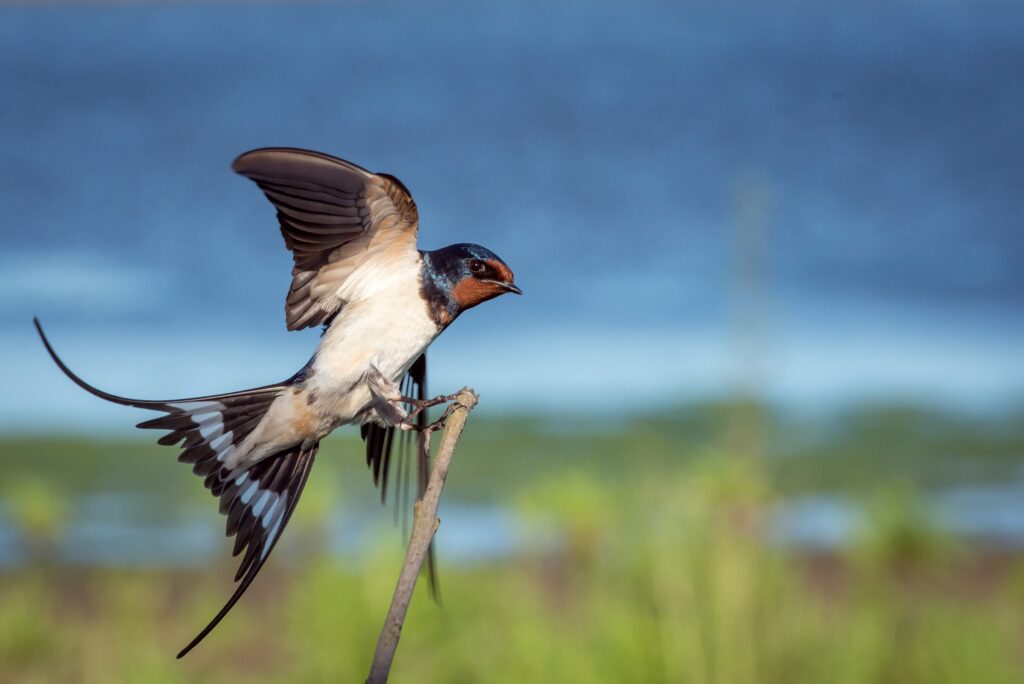
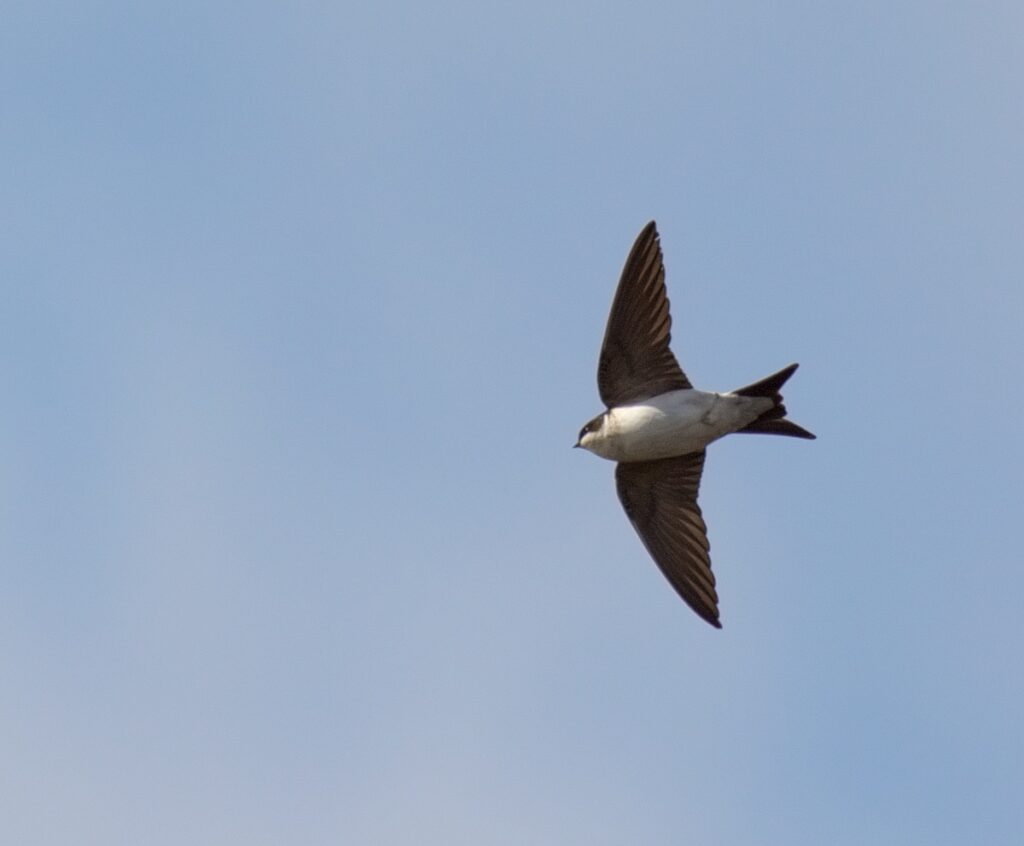
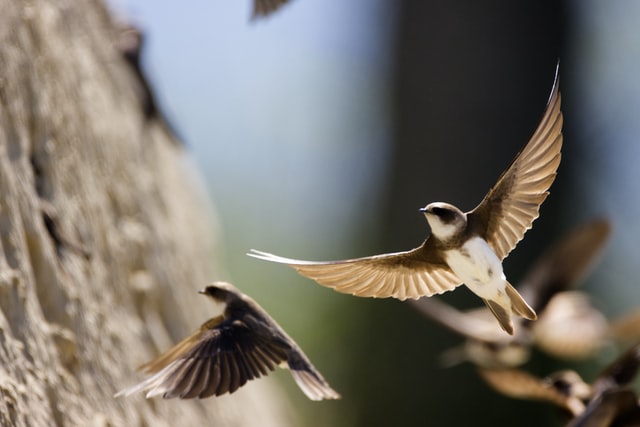
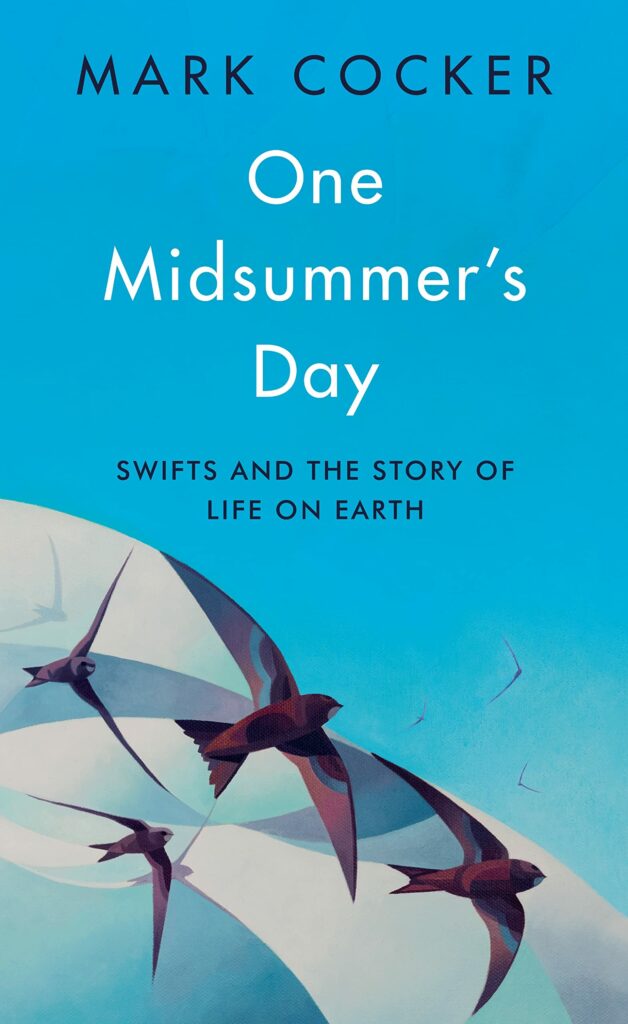
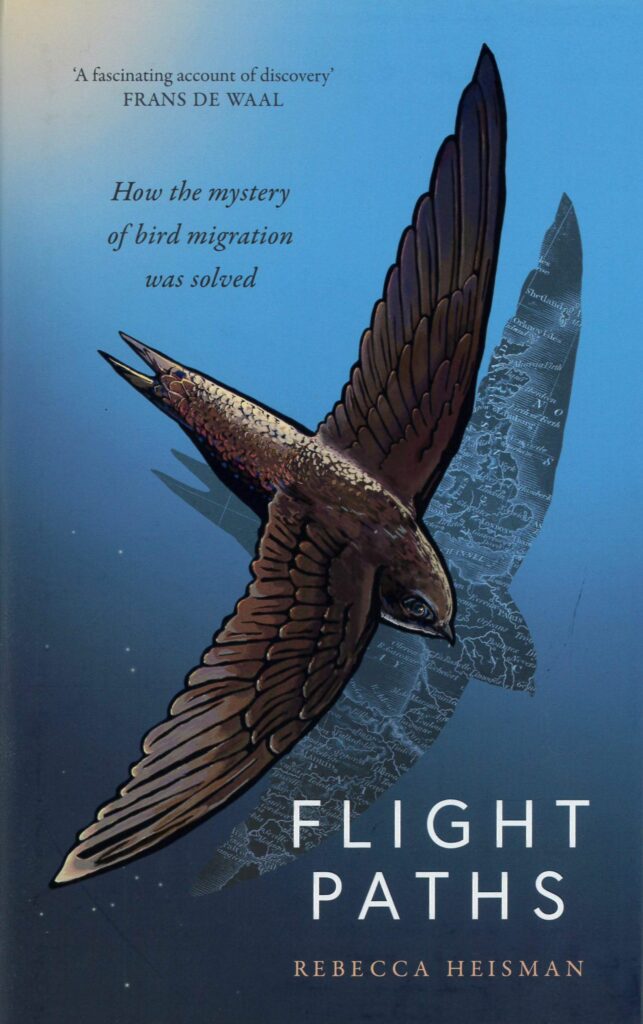
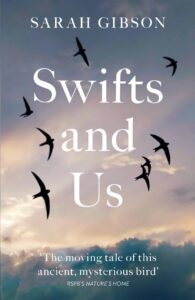
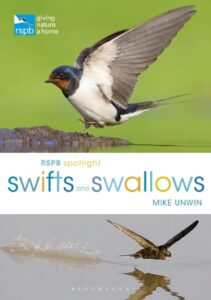
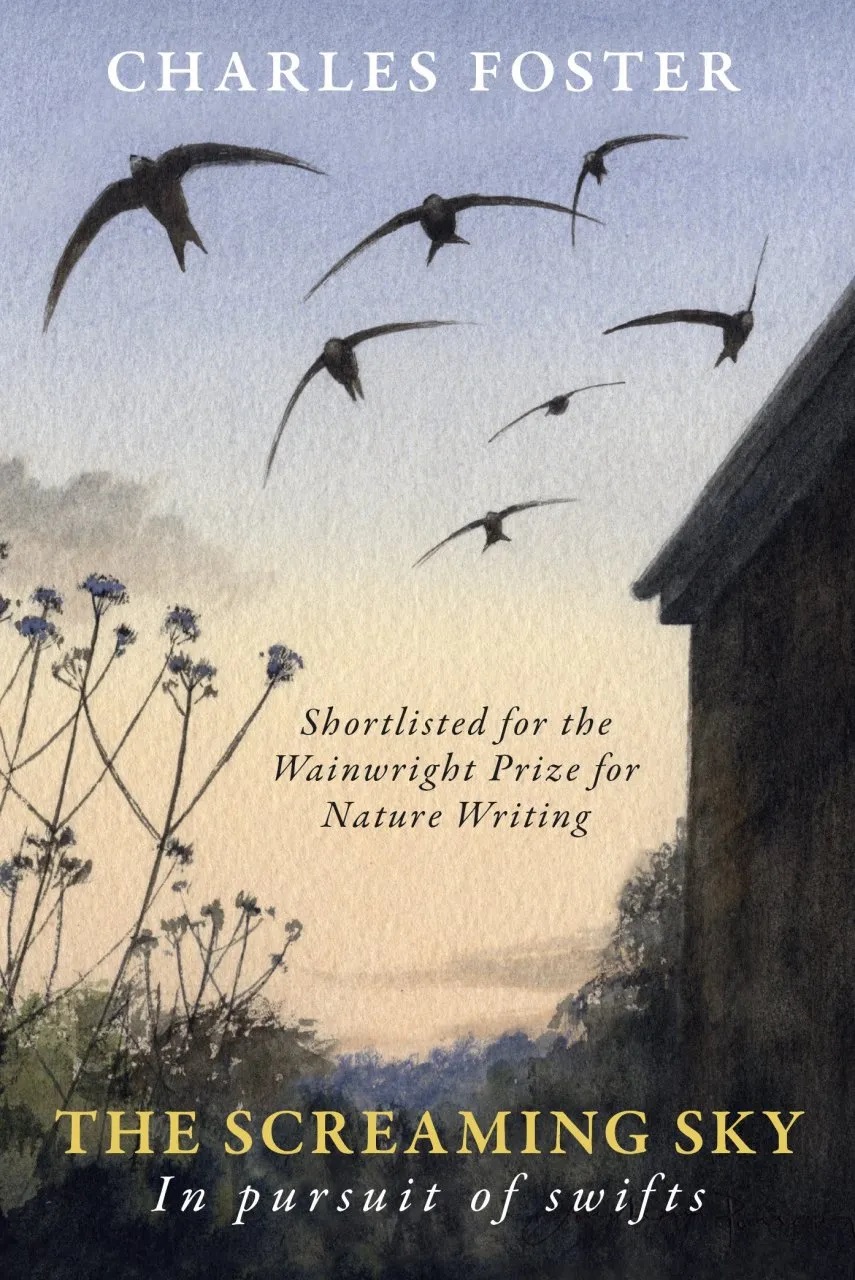
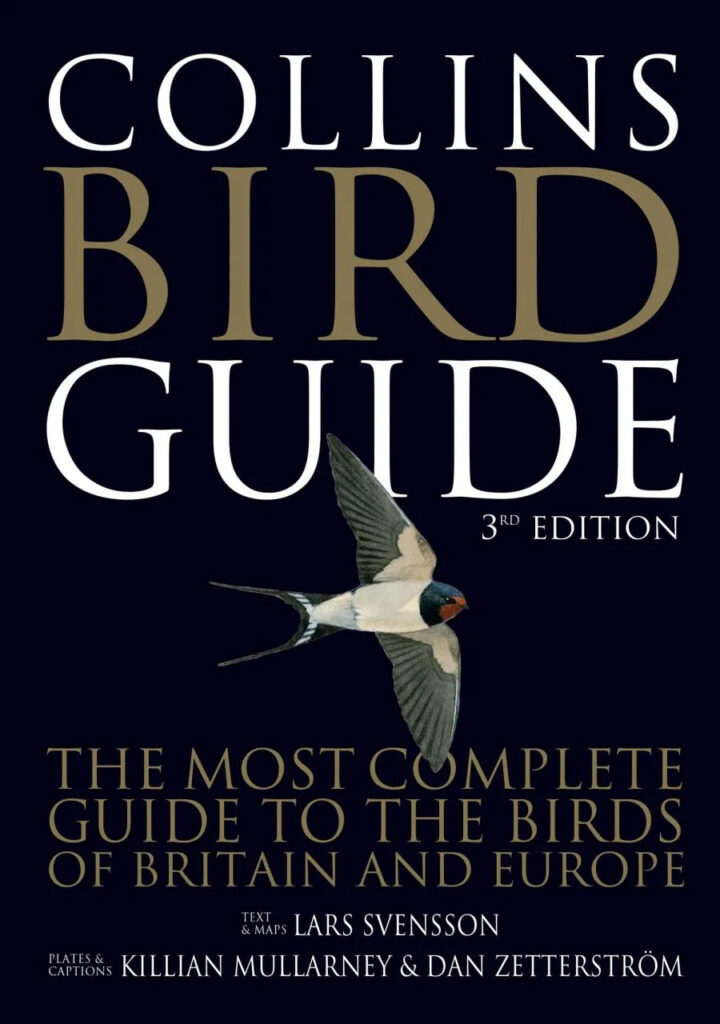
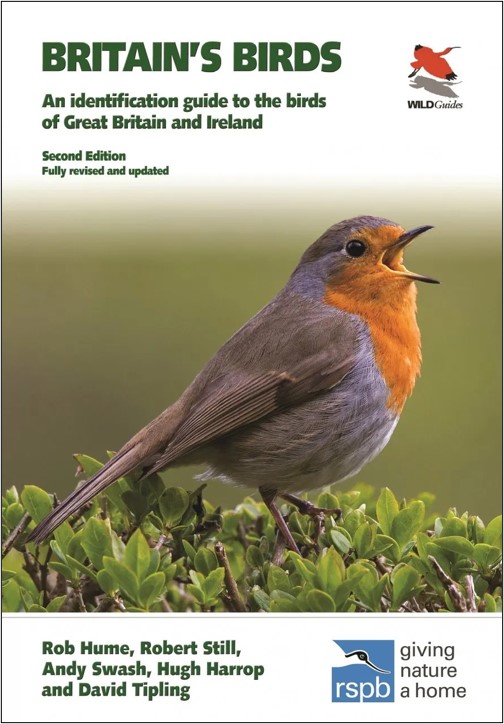
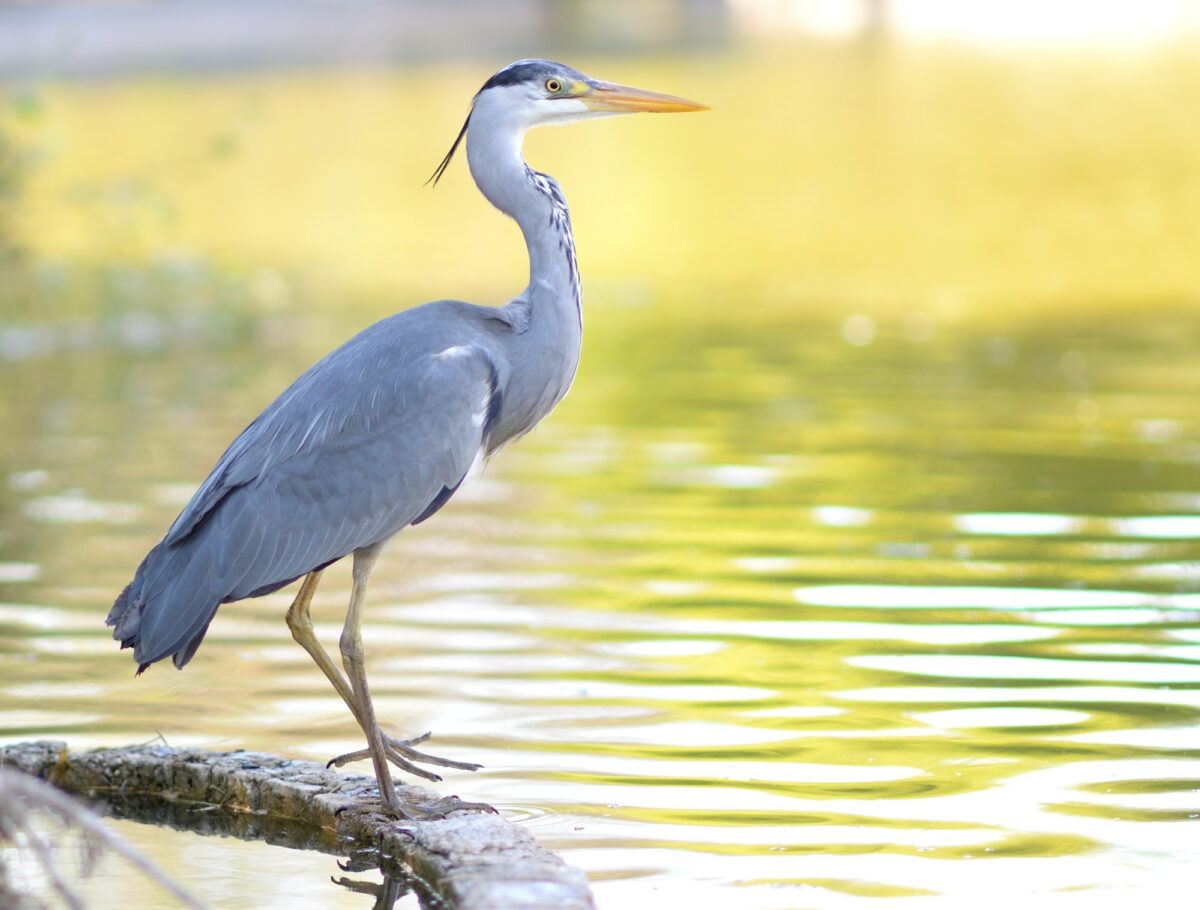
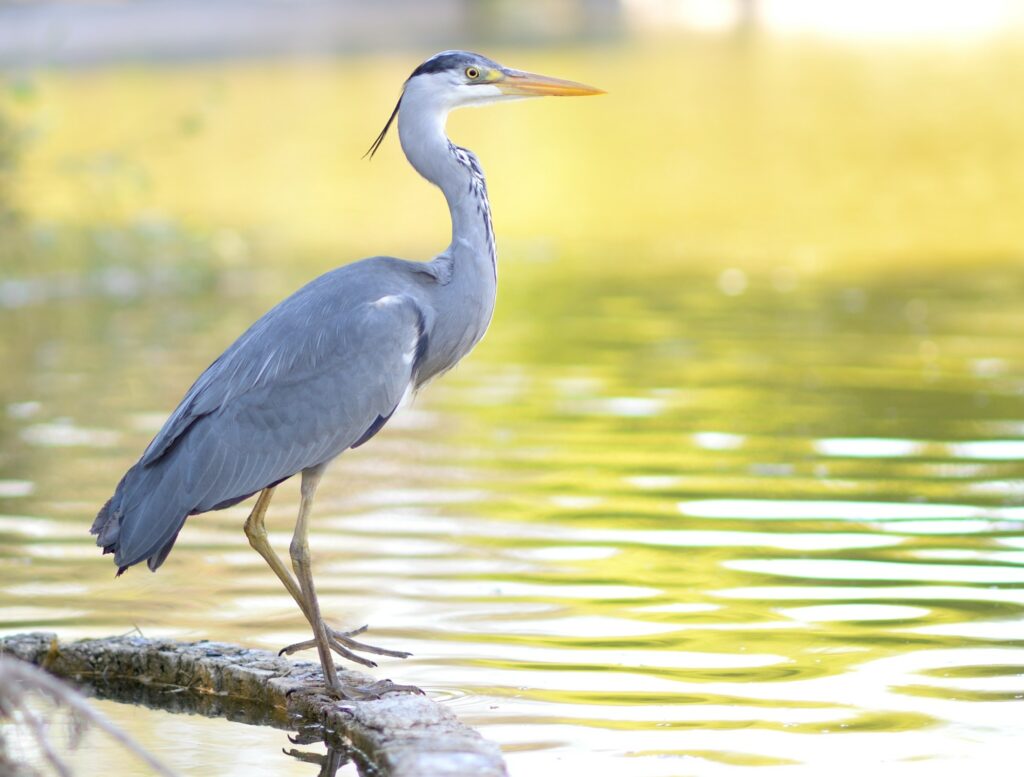

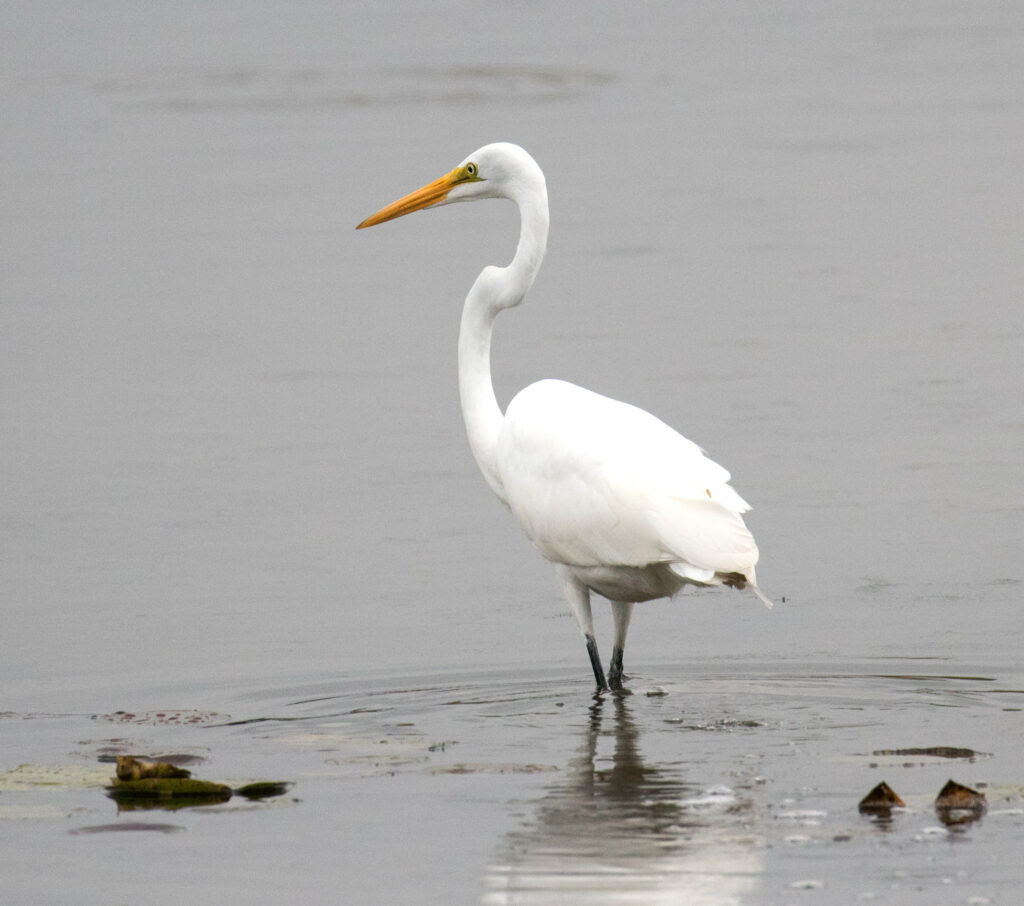
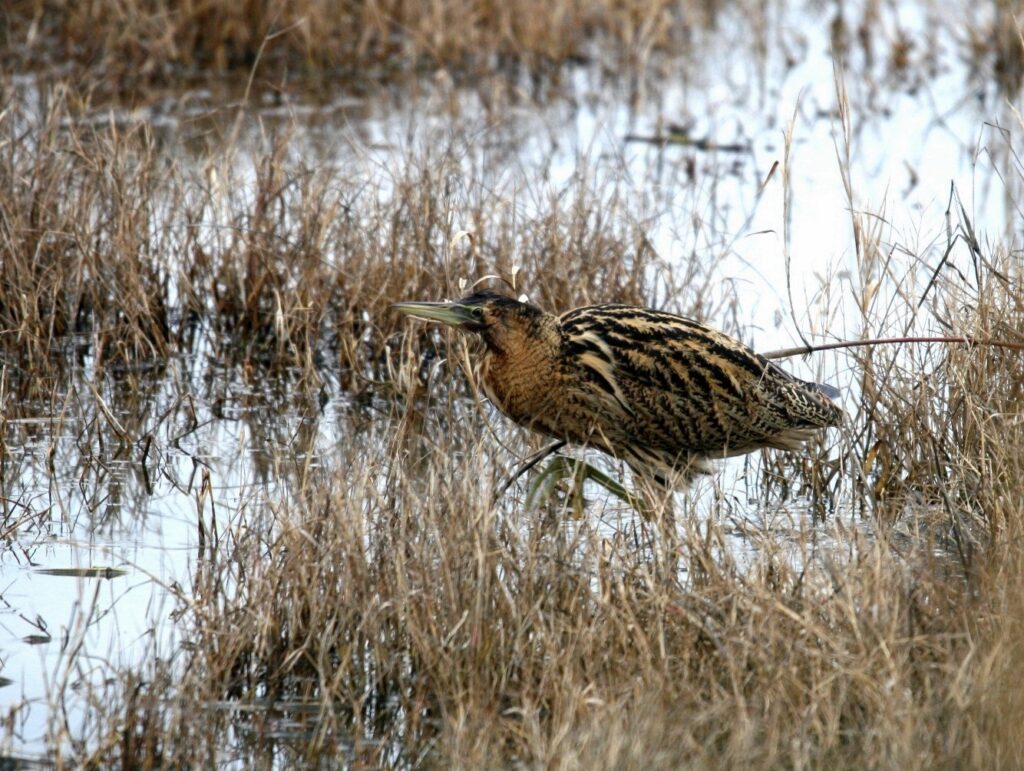
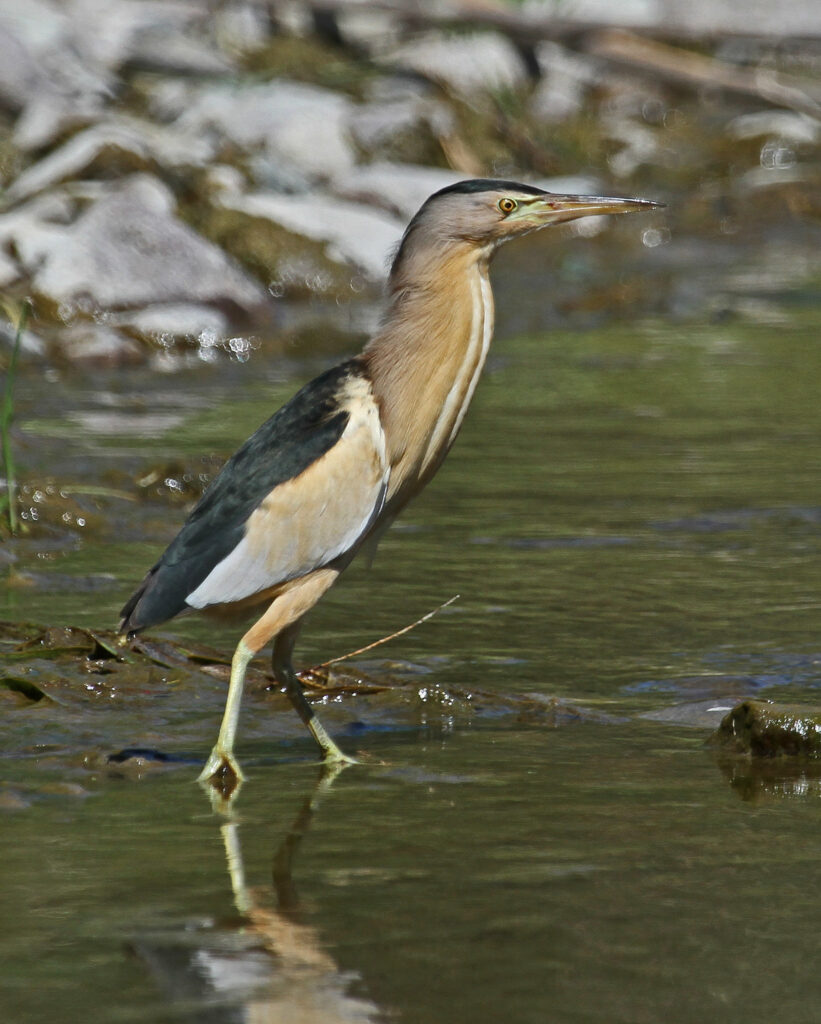
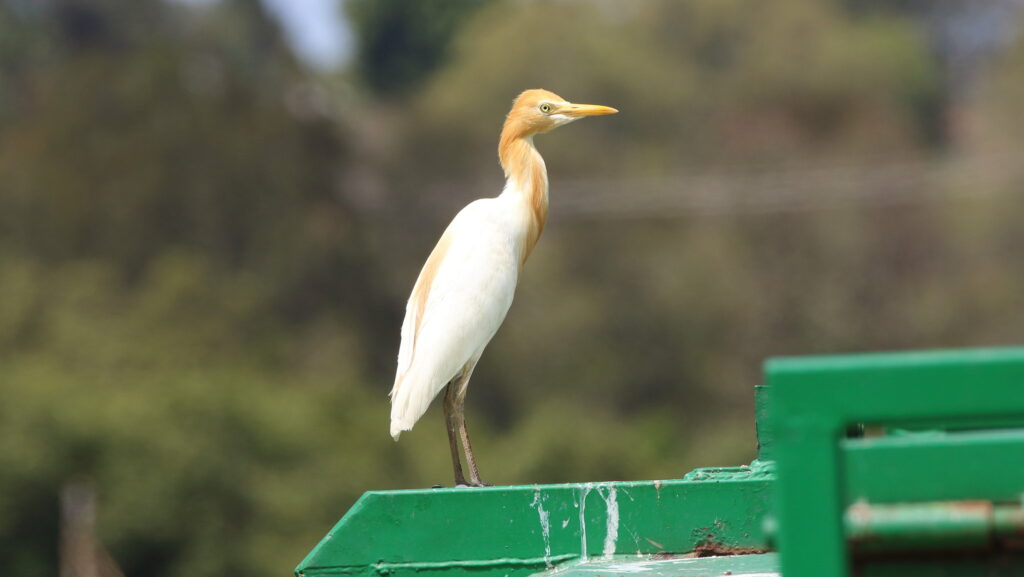

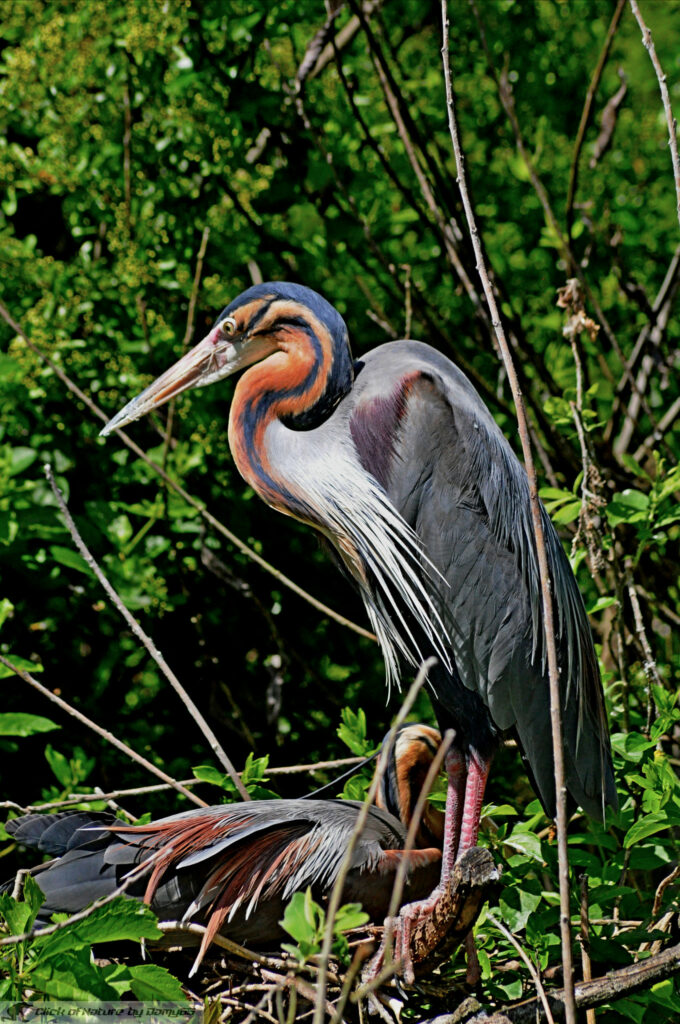
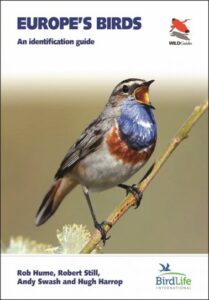

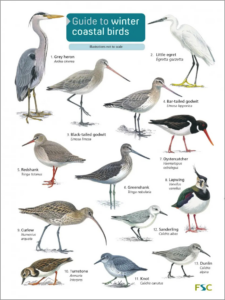 Guide to Winter Coastal Birds
Guide to Winter Coastal Birds